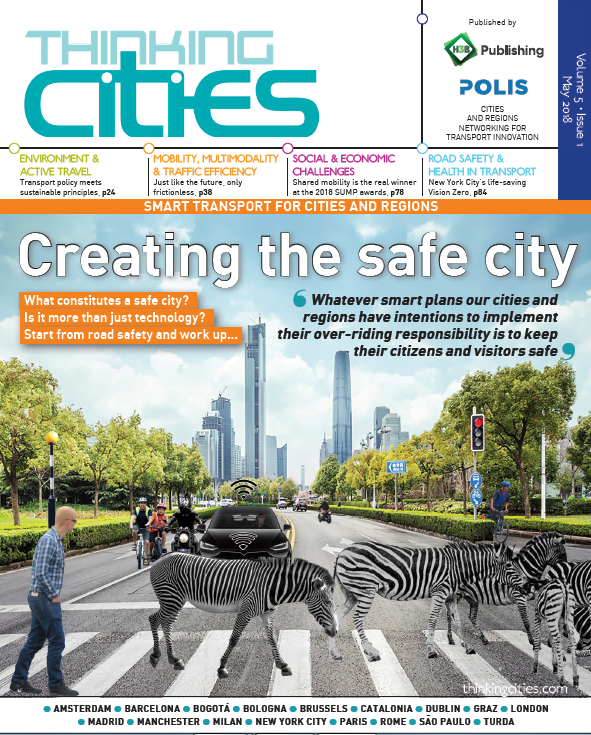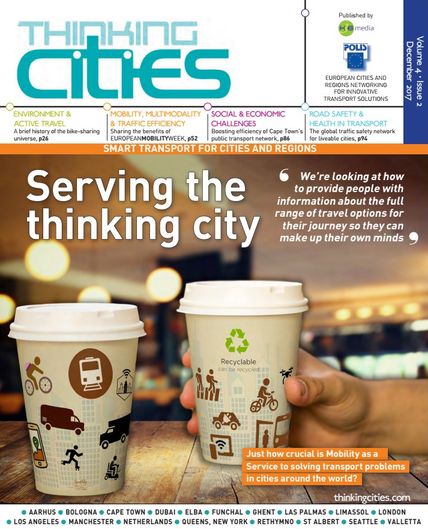Road safety
In urban areas, 68% of road fatalities involve vulnerable road users (VRUs) like pedestrians, cyclists, motorcyclists, and people with disabilities. Efforts to improve road safety have traditionally focused on vehicles and infrastructure, which has notably reduced road fatalities in recent decades.
However, fatalities among VRUs have declined at a slower rate. To create safer and more sustainable urban mobility, strategies must address the evolving dynamics of new vehicle types (e.g., autonomous and light electric vehicles) and technologies (e.g., platform-based work). These emerging factors can contribute to an increase in serious injuries and fatalities for these users, who may only account for 3% of vehicle kilometres driven in European cities, but up to 30% of serious injuries and fatalities in some areas.
About POLIS work
POLIS collaborates with the International Transport Forum’s (ITF) Safer City Streets network, gathering critical data on crashes, injuries, and fatalities to support evidence-based road safety measures. Additionally, through its Safety and Security Working Group, POLIS members share insights to improve road safety.
POLIS is also a participant in EU-funded projects such as PHOEBE, which focuses on enhancing VRU safety via interdisciplinary traffic simulation and safety assessments, and supports projects like ELABORATOR and UPPER that adopt comprehensive road safety approaches.
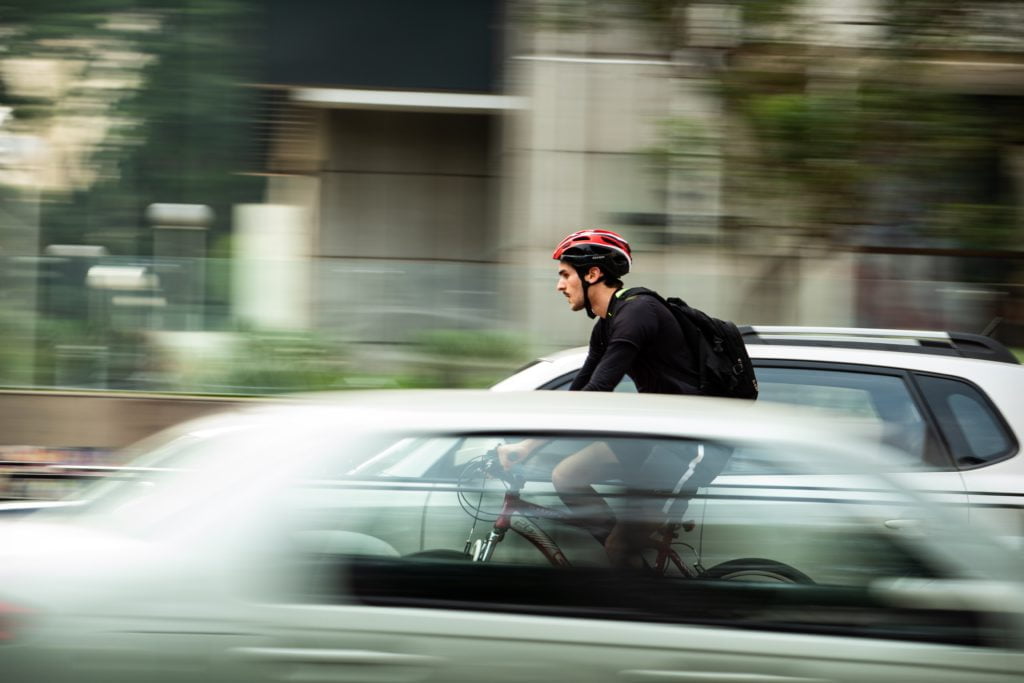

Celebrating youth climate changemakers on World Cities Day 2024

ETSC puts spotlight on road safety for new mandate in ‘I will be a life-saver’ campaign

Discover the latest ERTRAC Integrated Urban Mobility Roadmap!

SOLUTIONSplus publishes new policy brief!

GIANTS project survey: We need your support!

POLIS publishes fourth edition of Cities in motion magazine

Save the date for ‘Light vehicles – heavy impacts?’, a joint POLIS WG meeting with ACEM and LENS
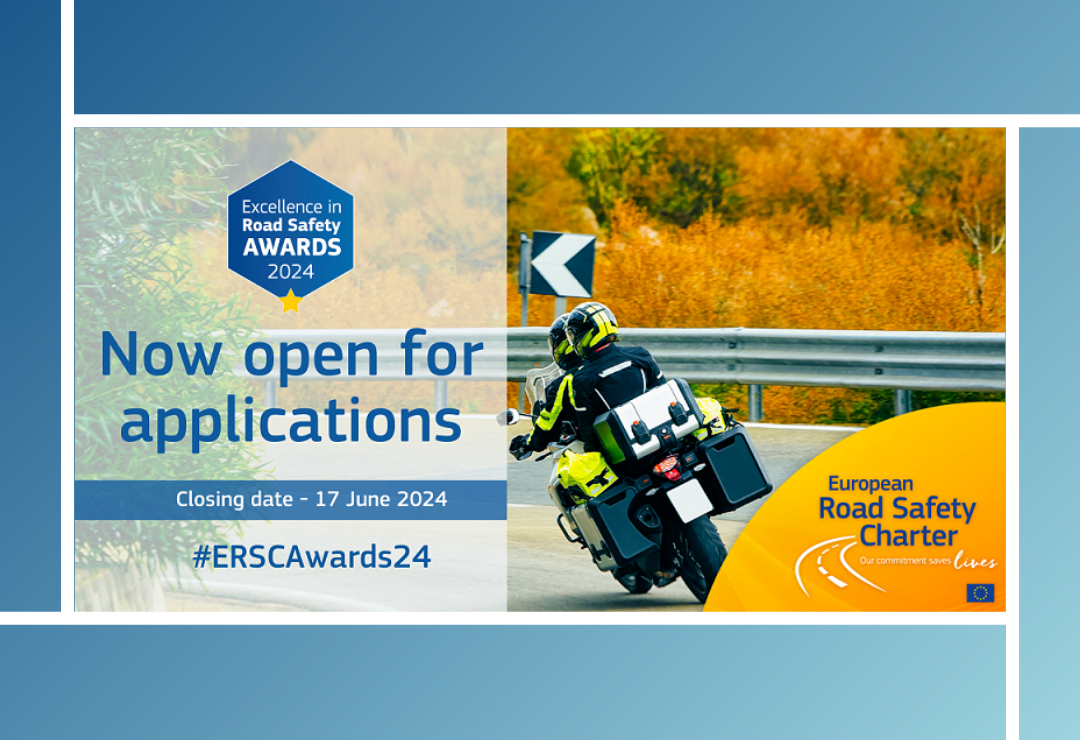
2024 Excellence in Road Safety Awards: Applications welcome!
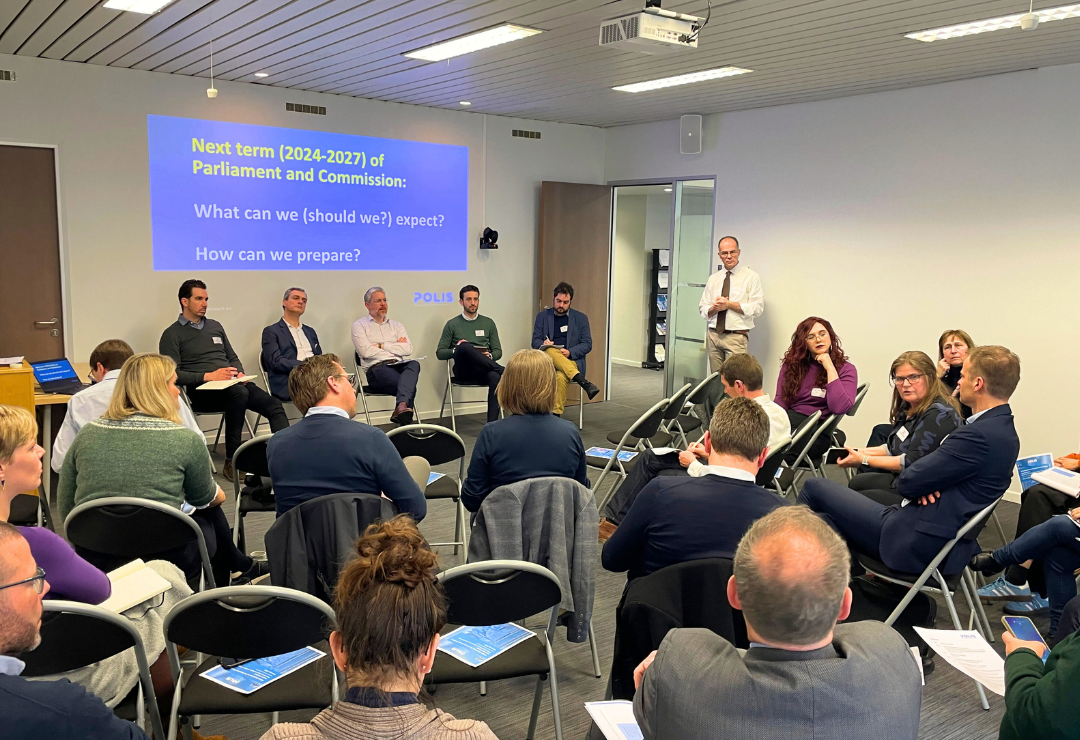
POLIS’ manifesto for the European elections goes live at the Brussels Bubble Band meeting

A new ERTRAC’s Vision and SRA is on the way!

Registrations soon to open for RTR Conference 2024

Size matters! POLIS urges the EU to keep large and unsafe vehicles off European streets
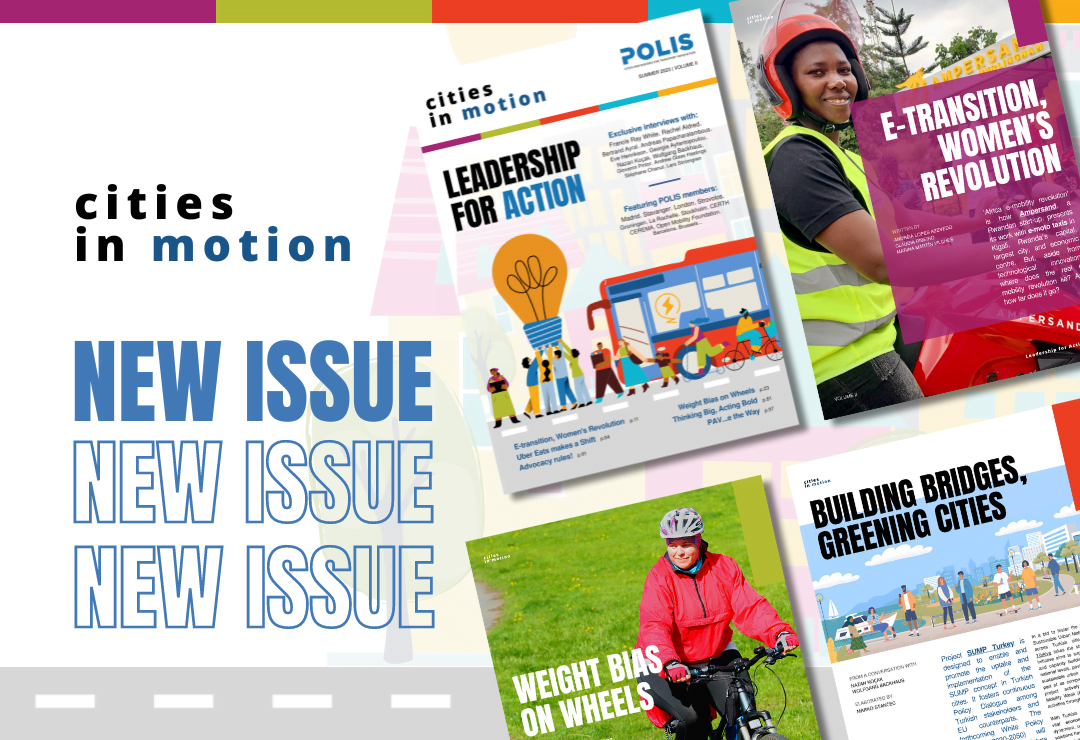
POLIS publishes second volume of magazine Cities in motion!

ERTRAC celebrated its 20th anniversary with a bang!

POLIS’ Brussels Bubble Band meets again

Enter the TRA VISIONS 2024 competitions!

Read the latest iDREAMS Policy Brief on Corporate Social Responsibility and road safety
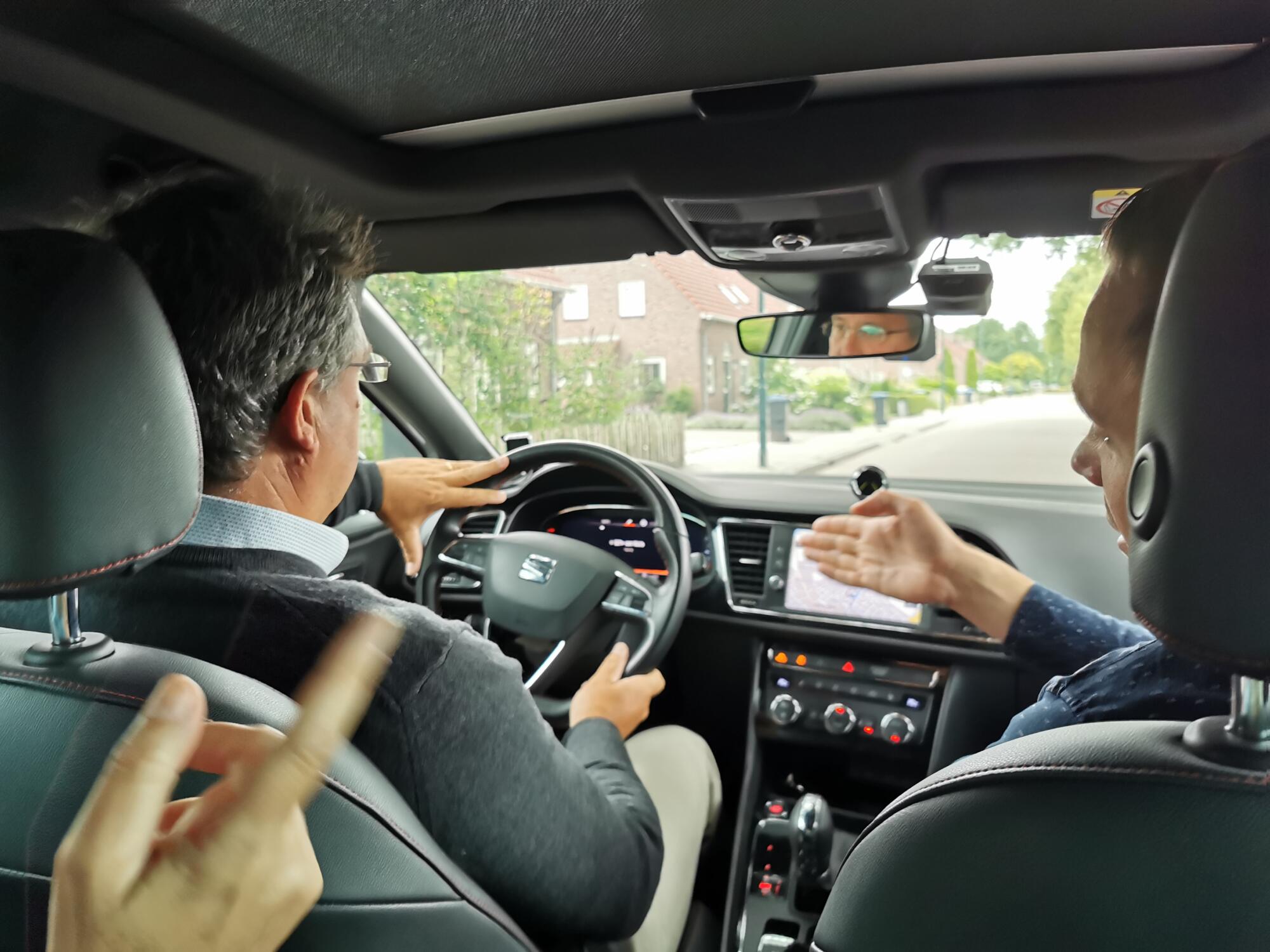
ISA-FIT launches market ready product
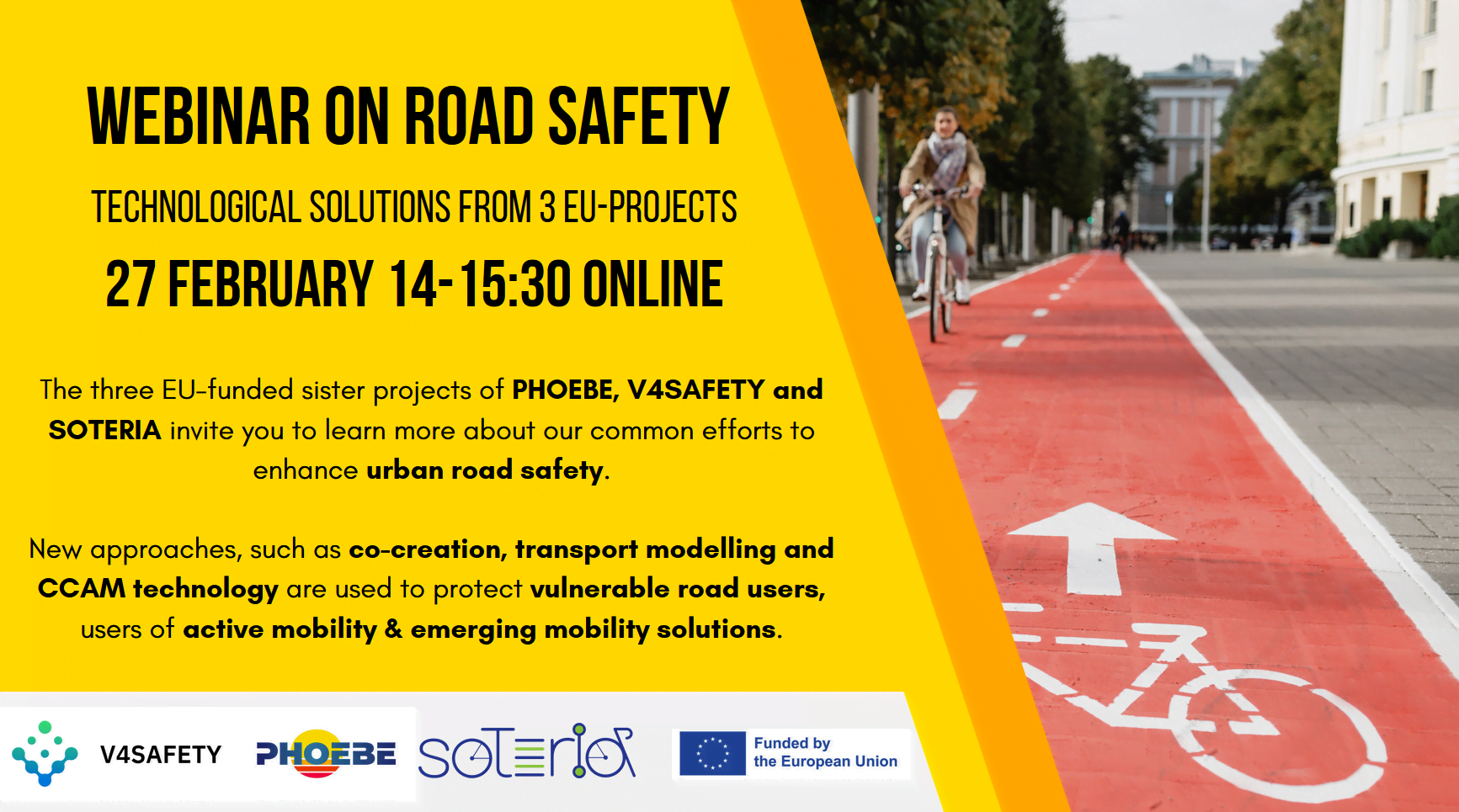
Road safety webinar marks start of cooperation between PHOEBE sister projects

Częstochowa launches pedestrian installations to raise road safety awareness
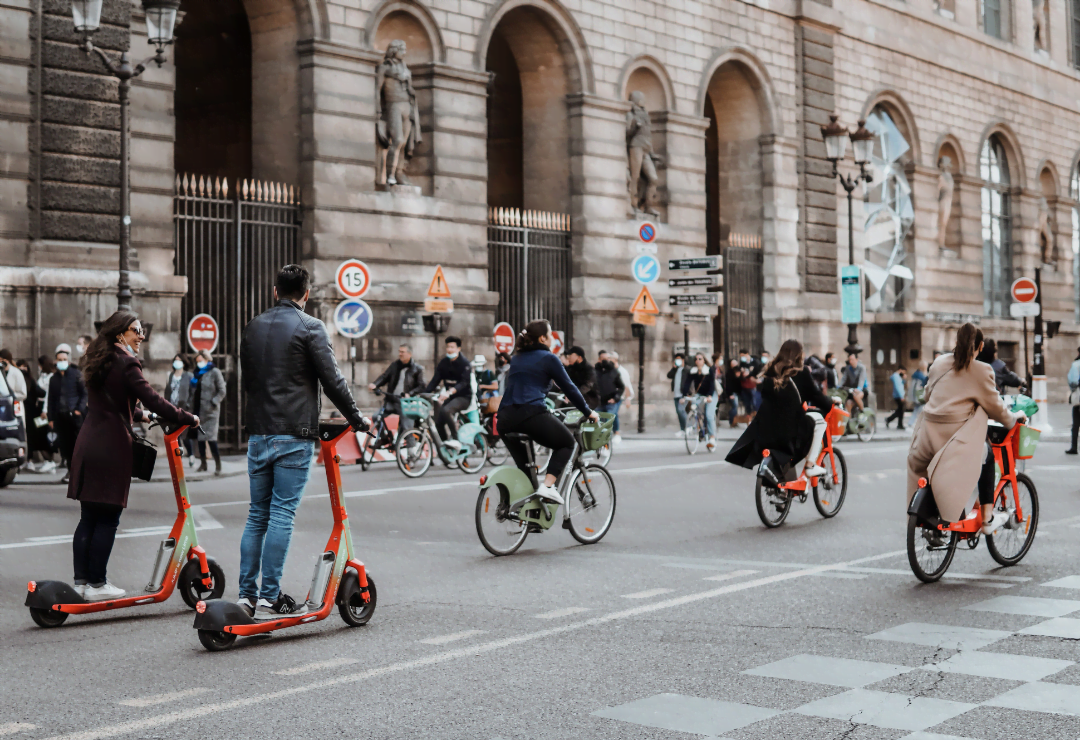
Check out POLIS’ 2023 project line-up!

Registrations now open for the Just Transition Webinar series!
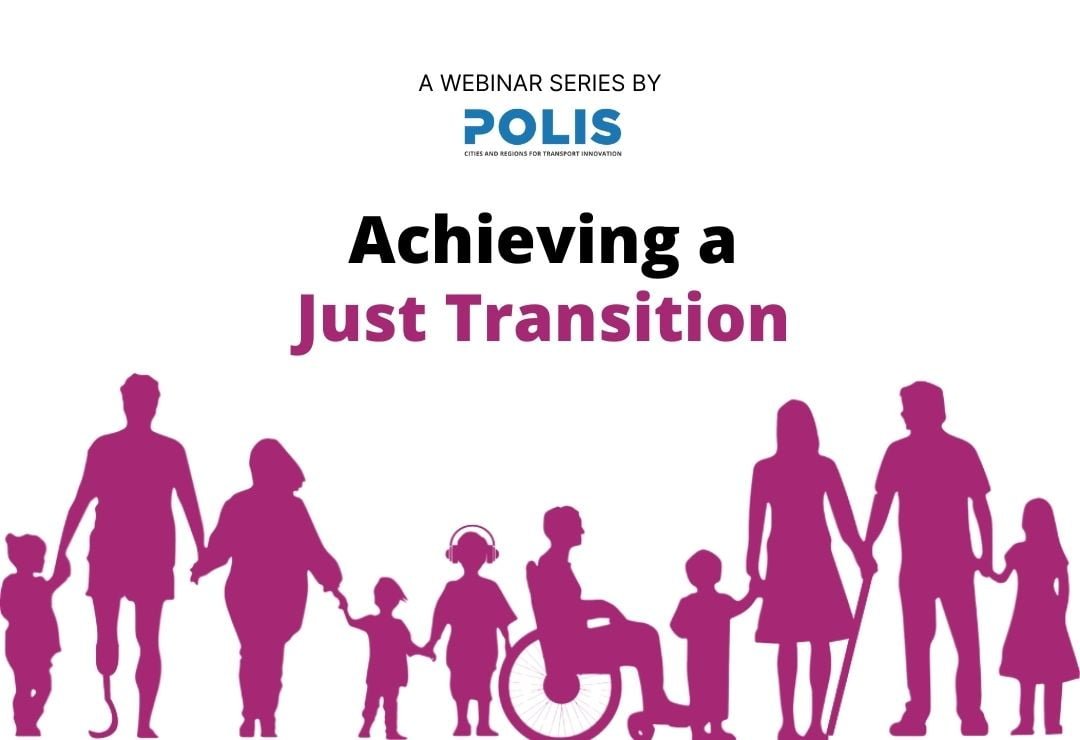
POLIS launches Just Transition webinar series
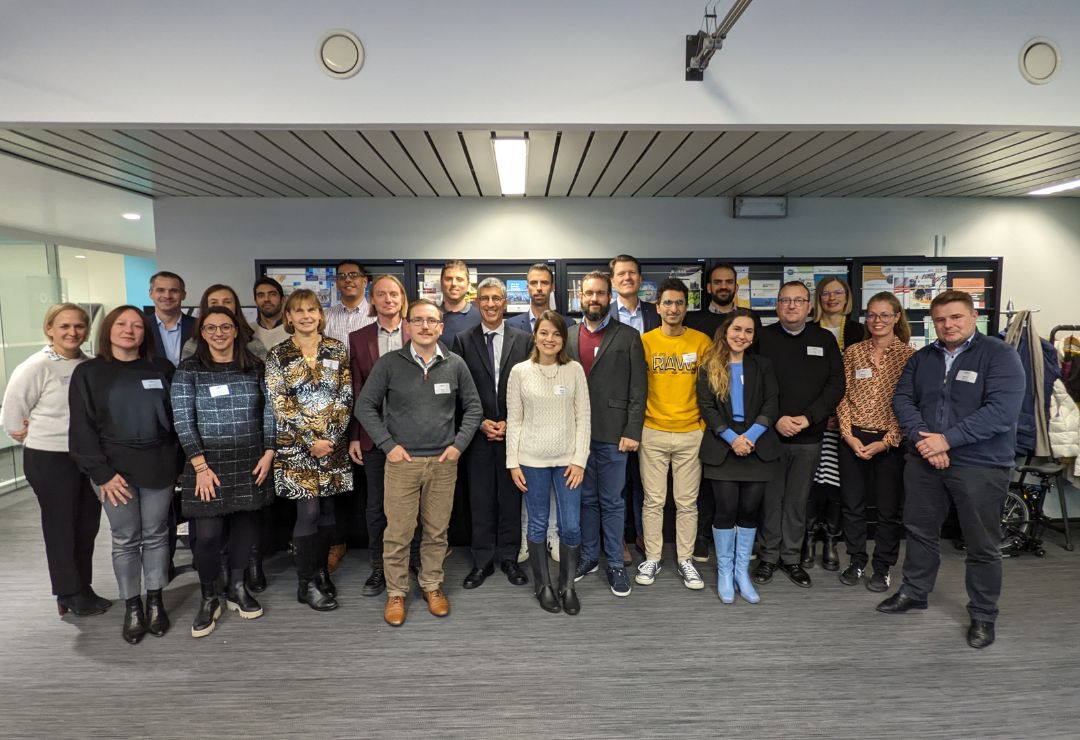
Welcome to the world, PHOEBE!
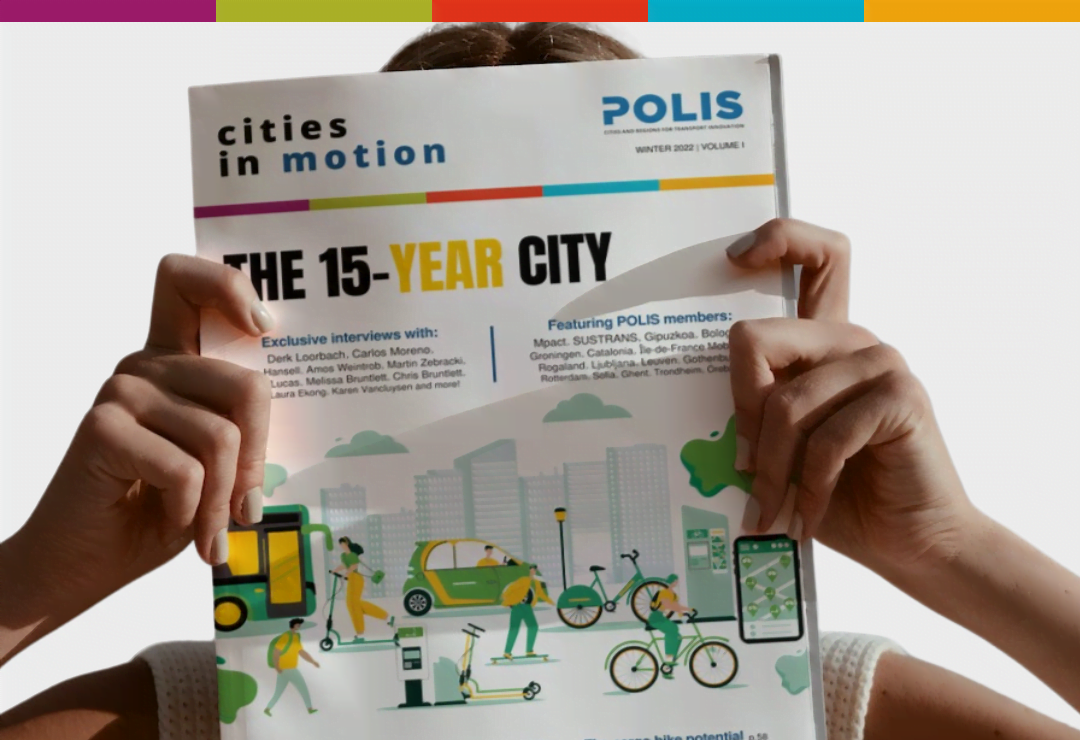
POLIS unveils its brand-new magazine ‘Cities in motion’!

Steps ahead! The future of Barcelona’s superblock

i-DREAMS dreams of Zero: POLIS publishes second road safety brief
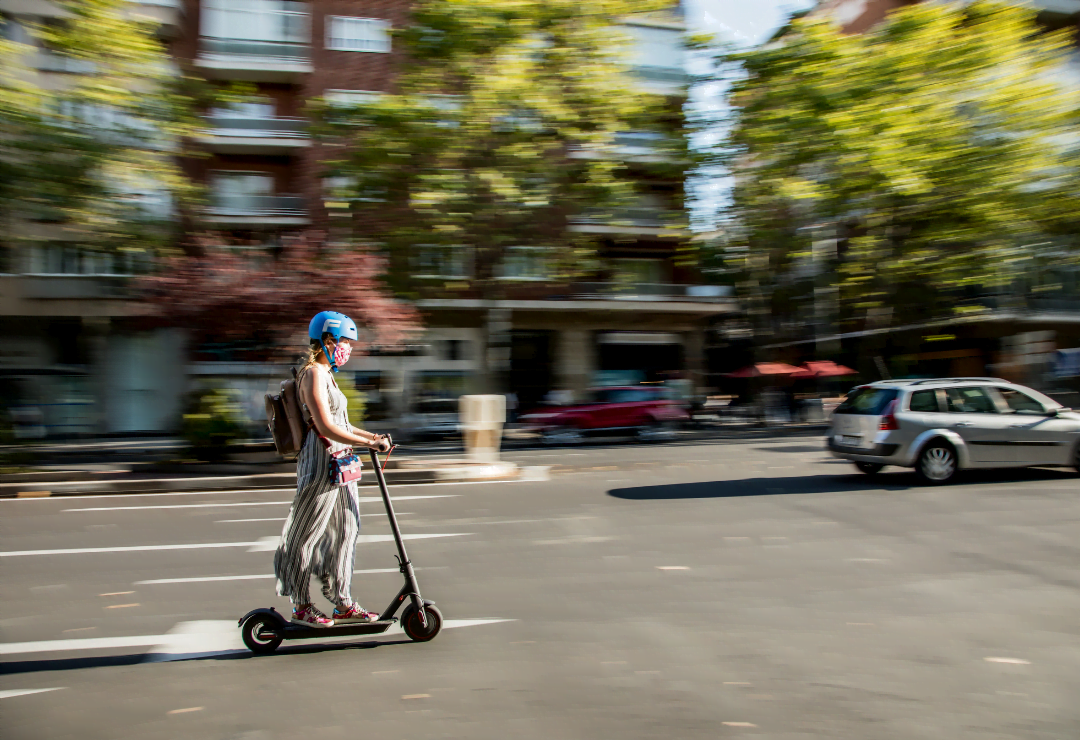
Micro-Mobility for Europe signs ‘The New Paradigm for Safe City Streets’
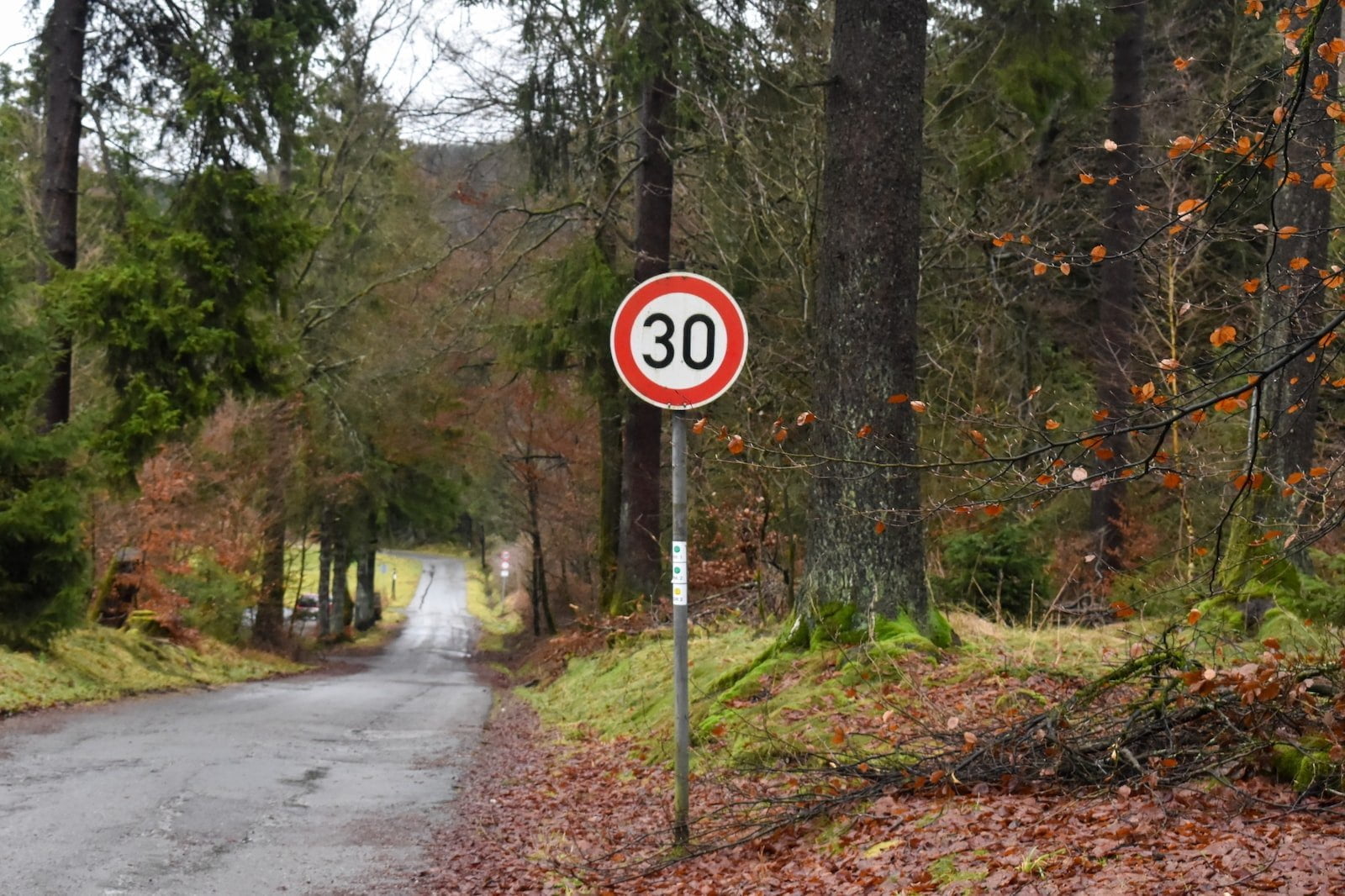
German cities demand freedom to implement 30 km/h speed zones
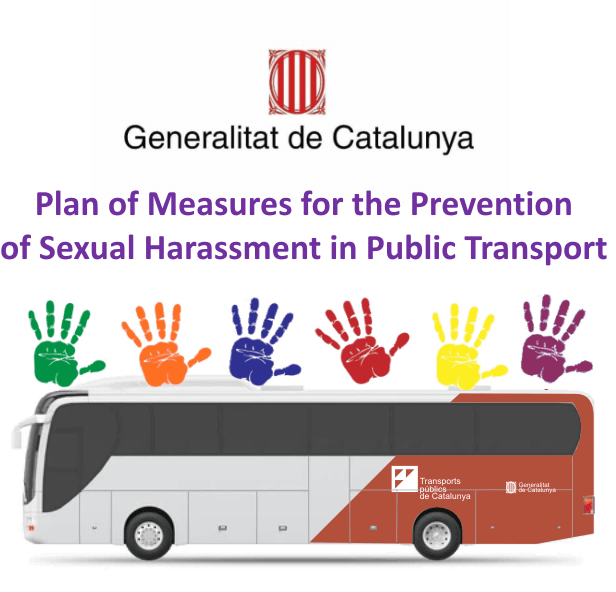
Catalonia confronts sexual harassment in public transport

Registration for the Annual POLIS Conference 2022 is now open!

Alternative fuels regulation: bring local & regional actors on board!

DIT4TraM shares its vision during 4FRONT webinar
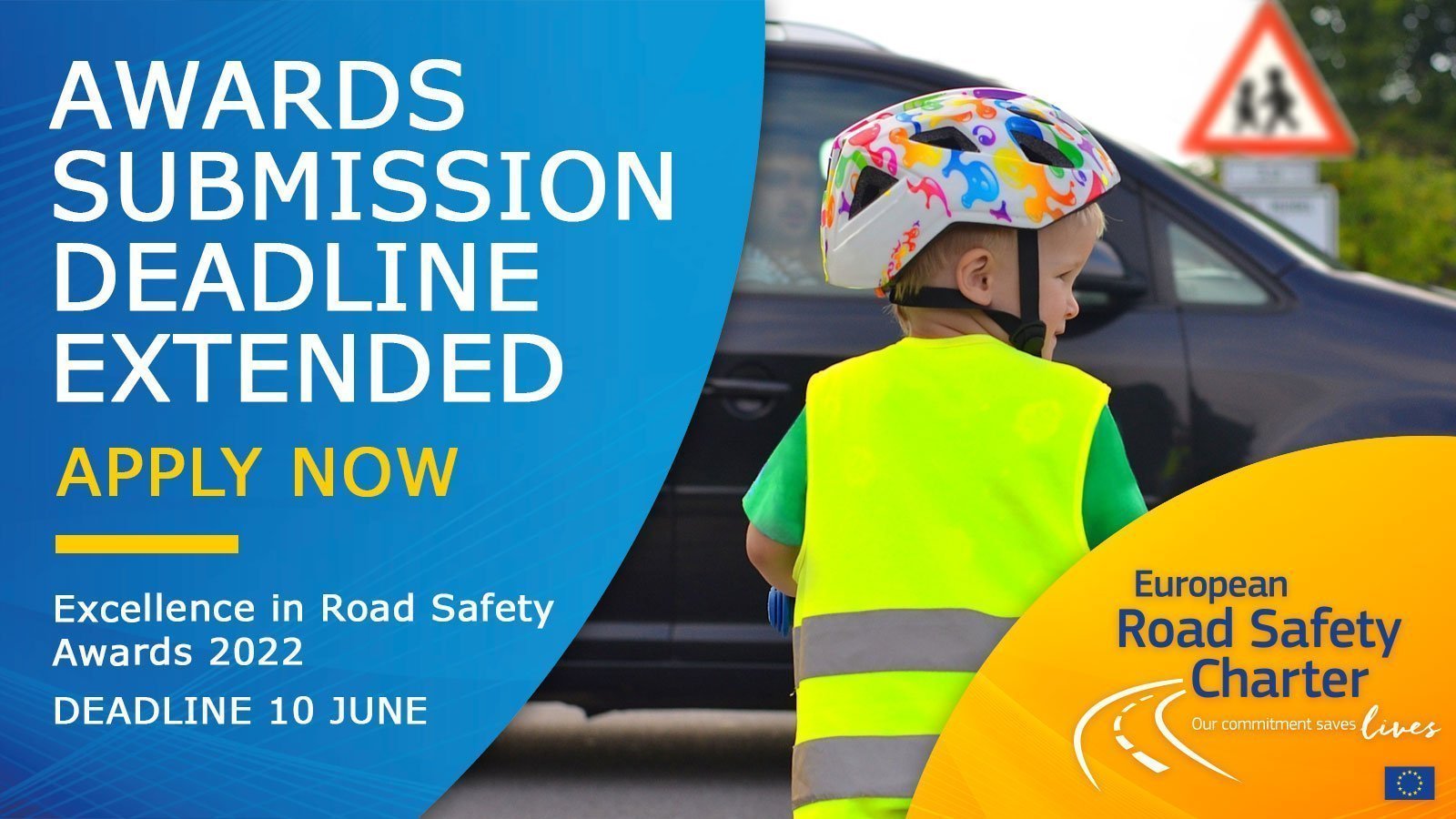
Apply for the Excellence in Road Safety Awards 2022
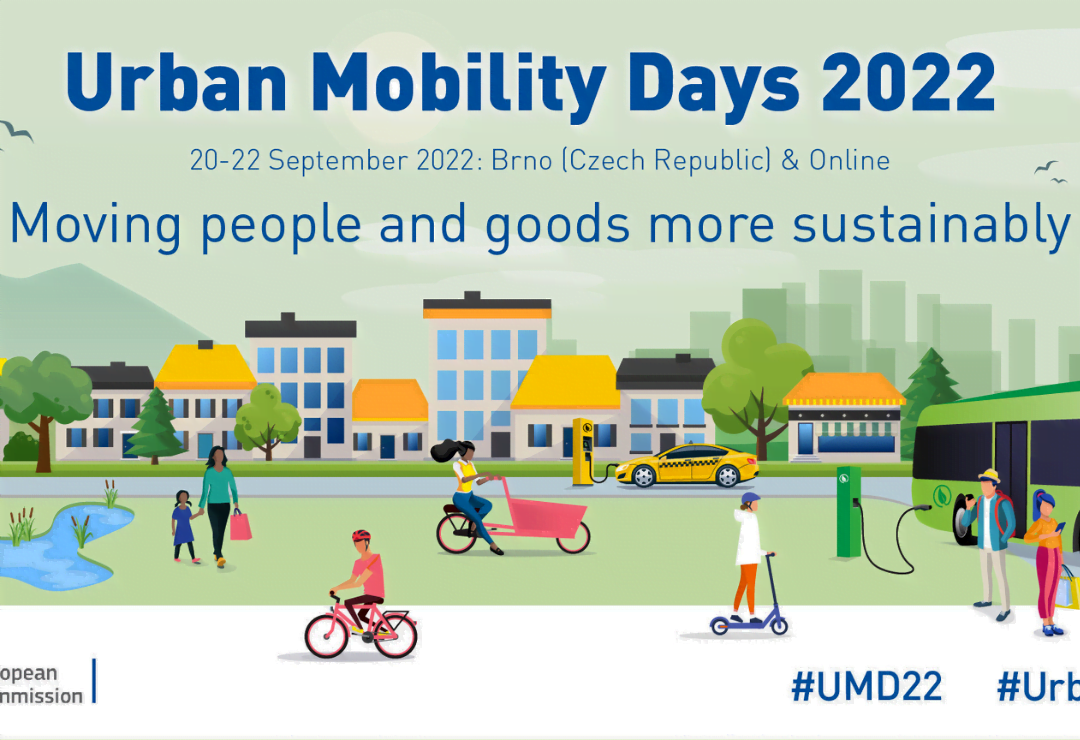
Registrations for Urban Mobility Days 2022 are now open
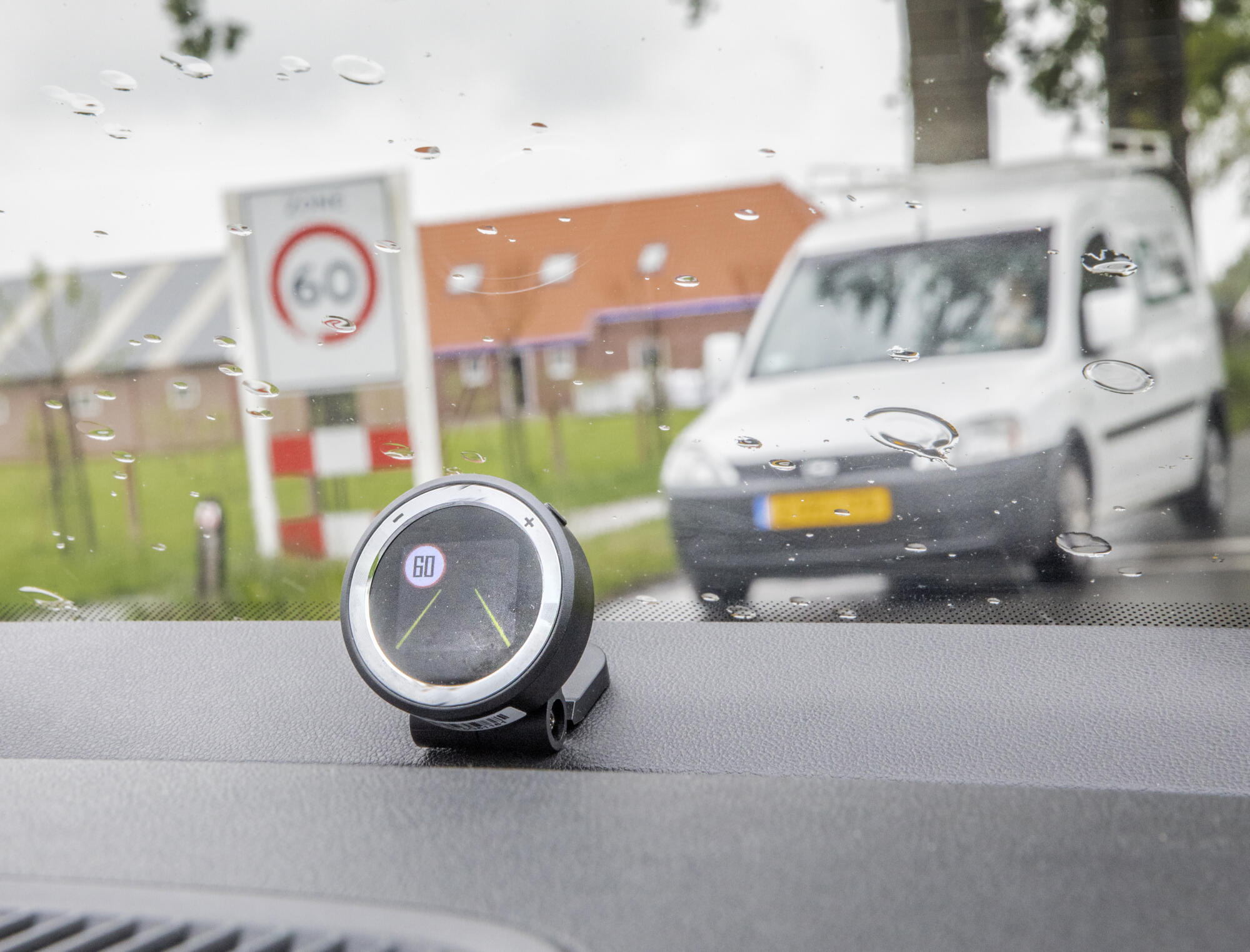
EIT Urban Mobility launches ISA FIT, an Intelligent Speed Assistance retrofit solution

Save the date for the Urban Mobility Days 2022!

TANGENT’s first newsletter: in your inbox… soon!

Bloomberg Philanthropies announces expansion of Asphalt Art to Europe!

Sustrans, Living Streets and ARUP team up for guide on making walking and wheeling inclusive
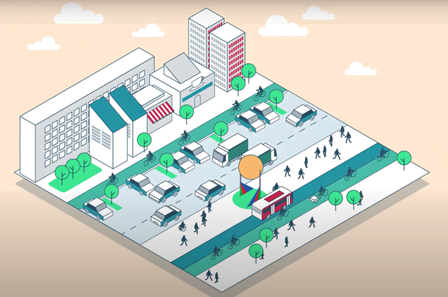
MORE project releases a video featuring MORE project goals for street space redesign and urban space reallocation
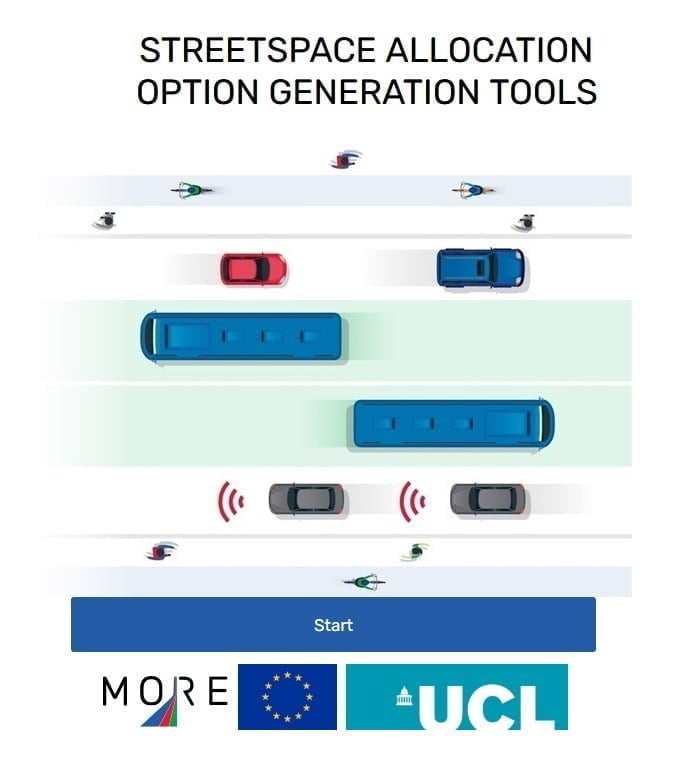
Get to know the MORE project tools for street space redesign and urban space reallocation!
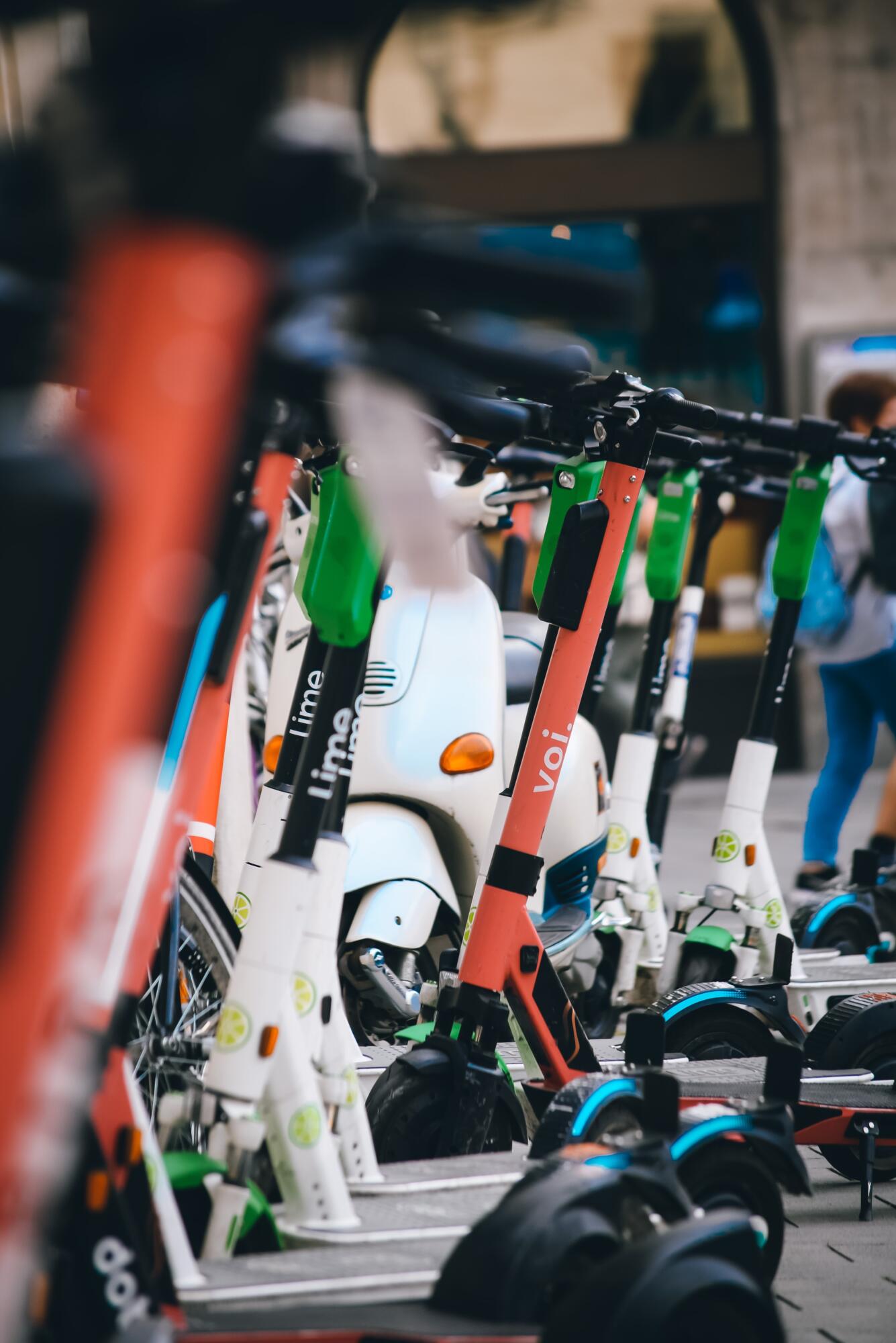
Urban Transport Group publishes report on future of e-scooters

SAVE THE DATE for the Annual POLIS Conference 2022

Madrid gets in the finals of the 10th SUMP Award
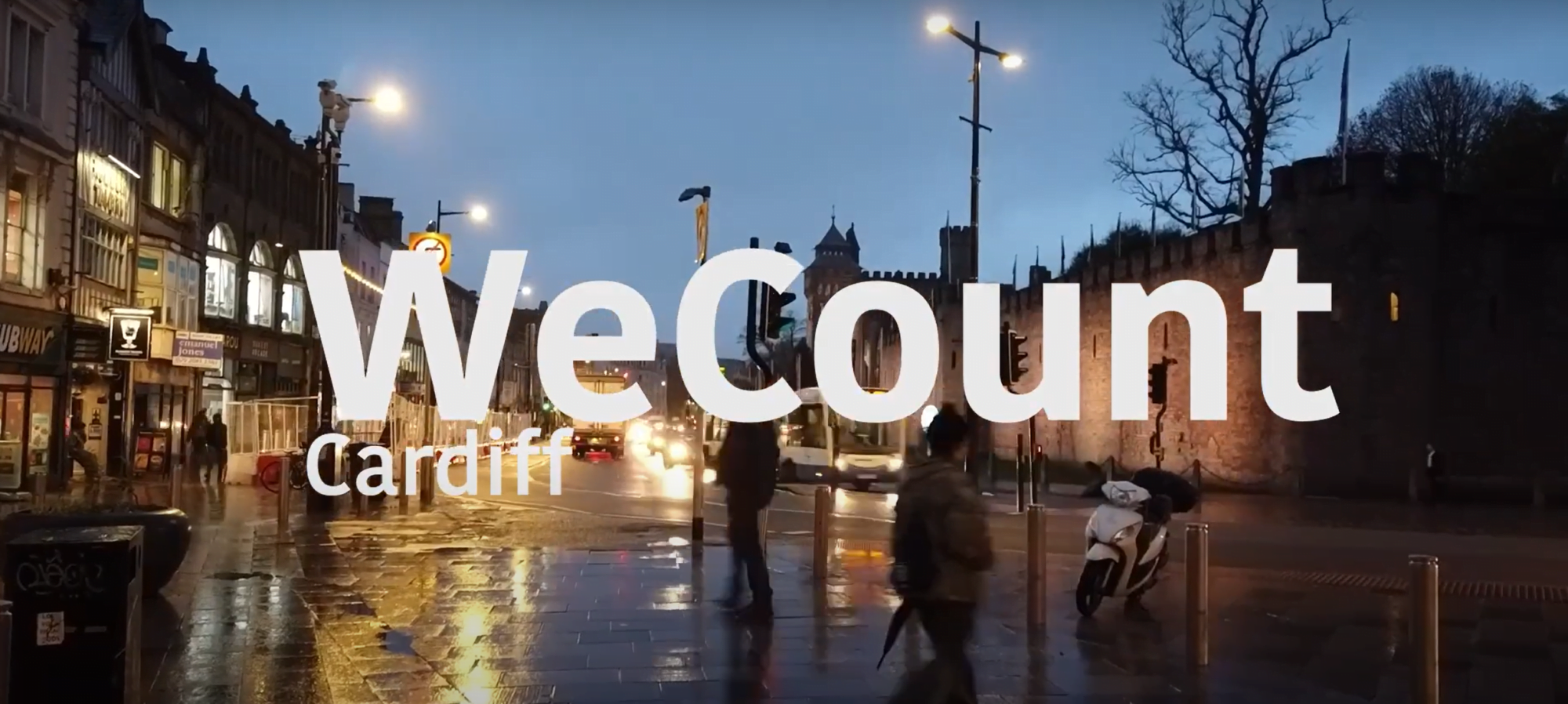
Cardiff citizens use data from WeCount to communicate road safety concerns to local councillors

Autumn working group meetings
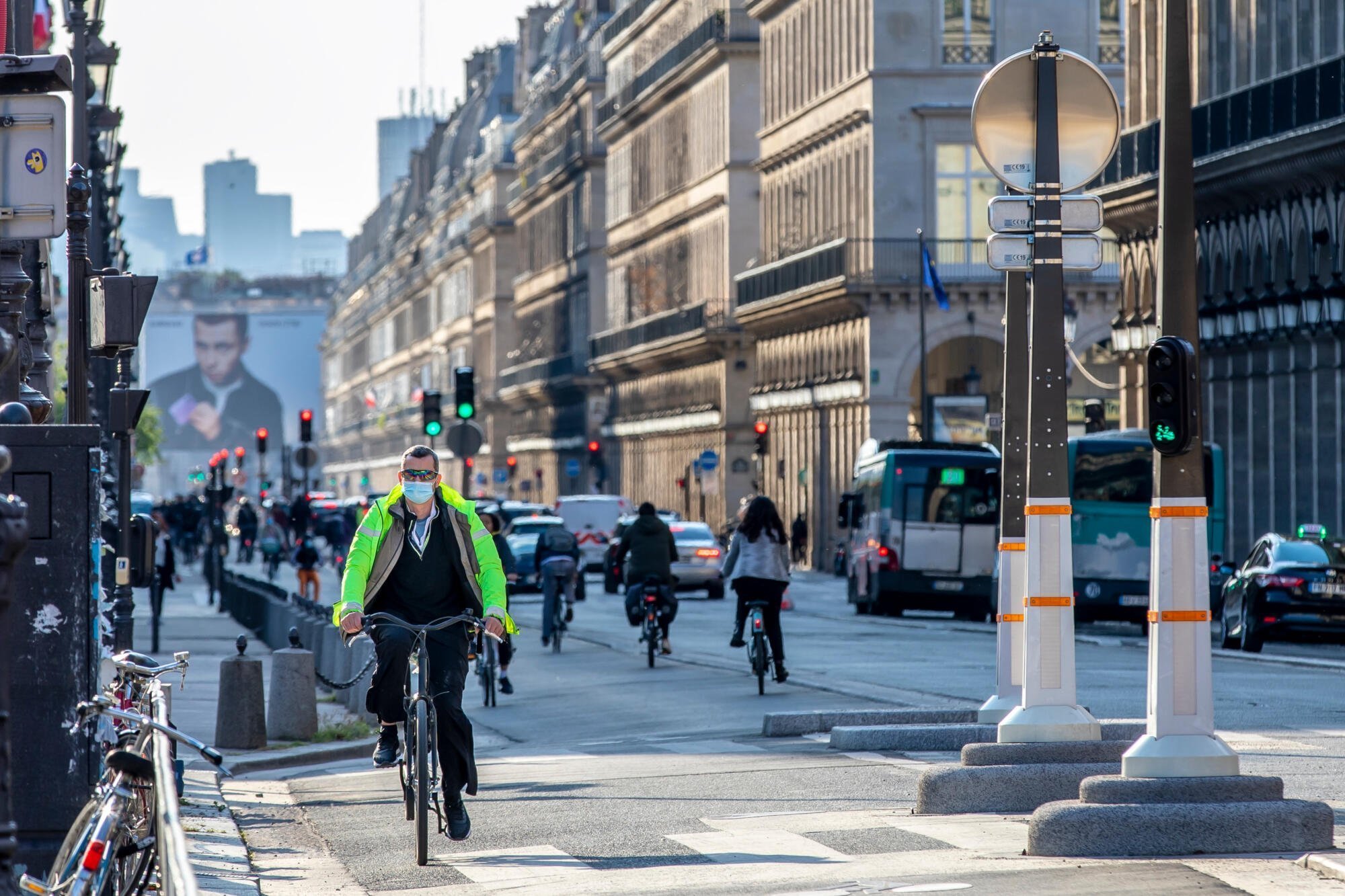
Paris extends 30 km/h speed limit to most city streets
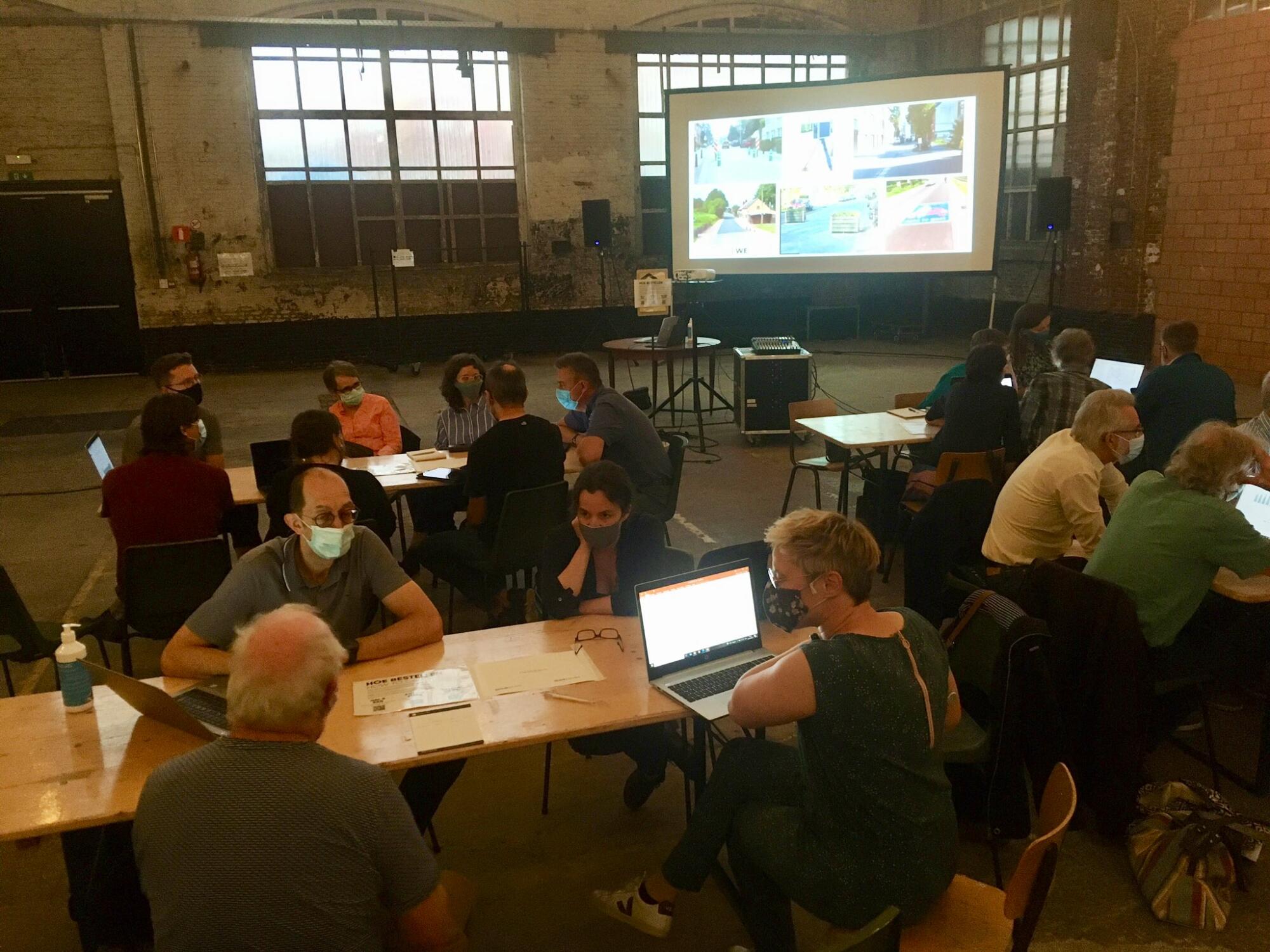
Let’s talk numbers – a closer look at the WeCount experience

June working group meetings: Digitisation, SMCs… and more!
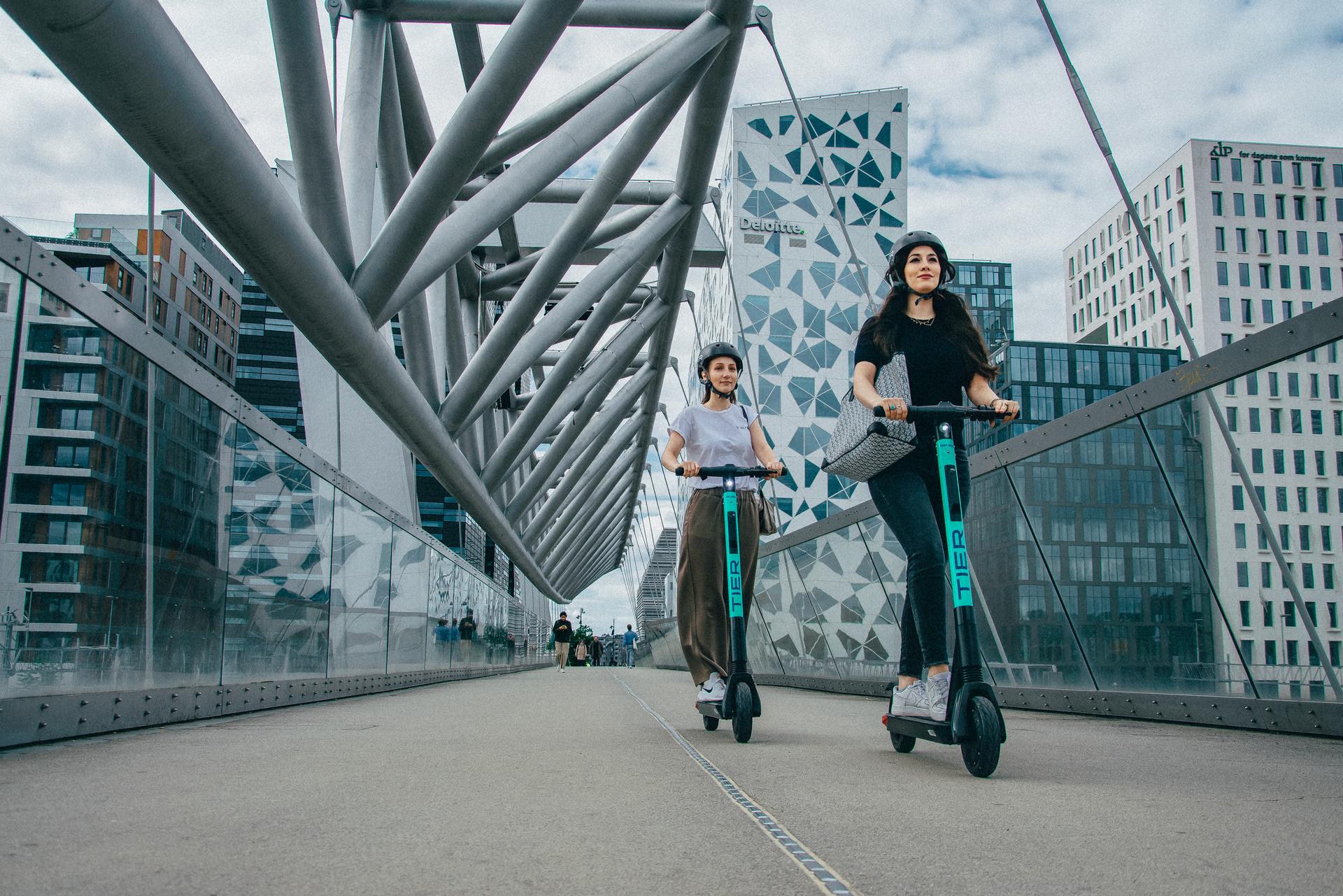
On-Demand Mobility Operators sign New Paradigm for Safe City Streets

Watch the LEVITATE webinar on road safety assessment of CATS

Czestochowa crosses with confidence

April’s Working Group meetings: A spring in our step

Parliament calls for Strong European Leadership on Road Safety – including urban areas

Bilbao wins 2021 EU Road Safety Award
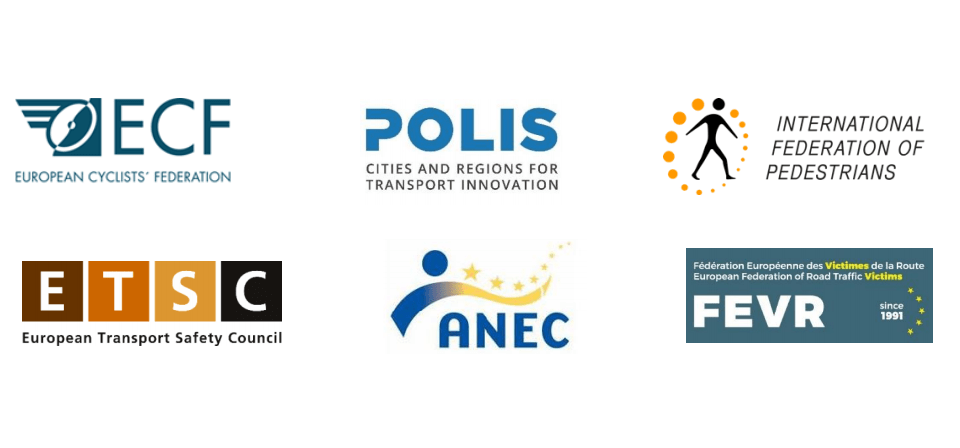
Concerns on EDR and ISA Draft Delegated Acts
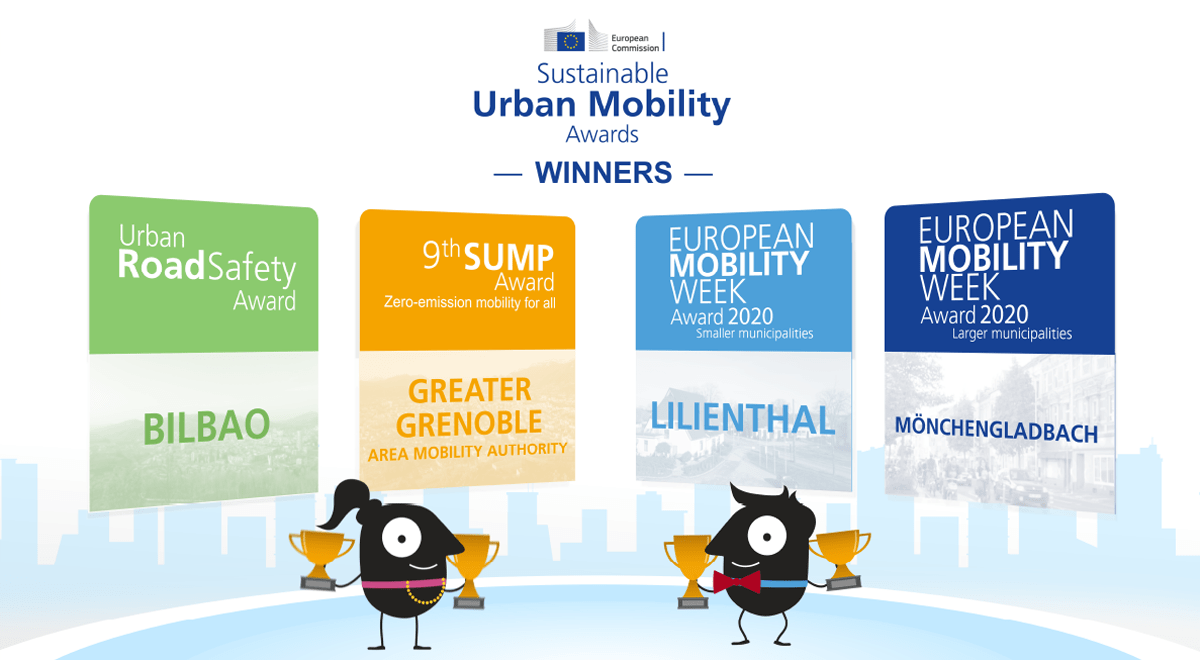
Bilbao, Grenoble, Lilienthal, and Mönchengladbach win European sustainable mobility awards

Safety & Security Working Group meets to discuss capacity building for road safety
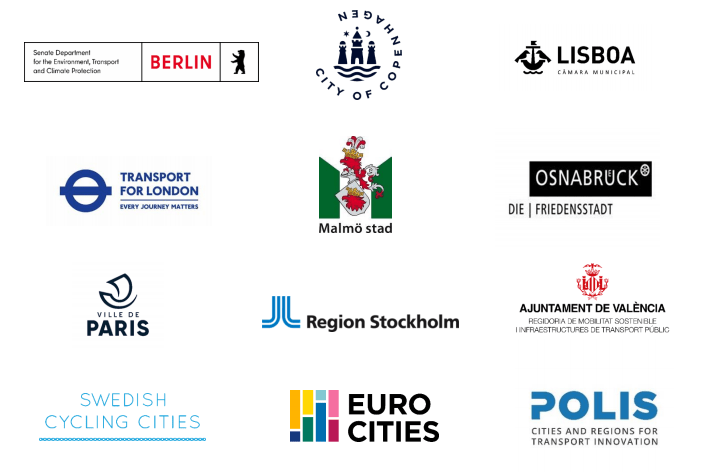
POLIS joins call for revised truck safety standards
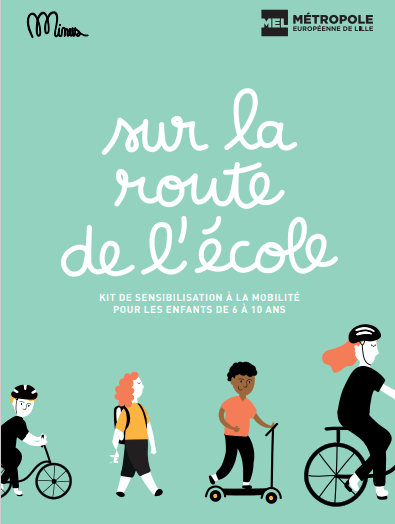
Lille proves you’re never too young for sustainable mobility
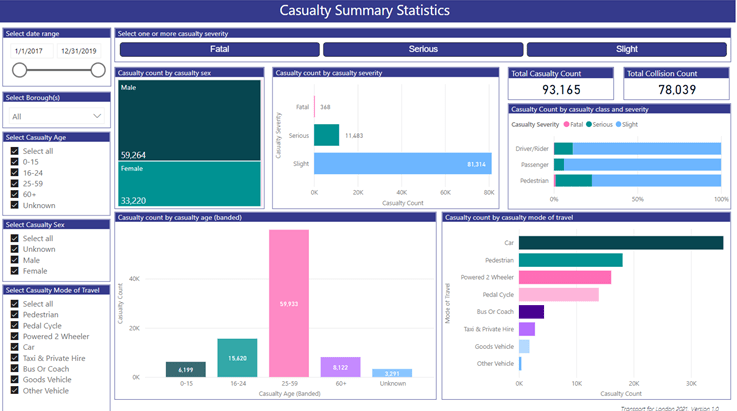
Transport for London launches Vision Zero dashboard

Building the 30km/h city: Brussels goes bold

Brussels develops intelligent kilometre charge

Sustainable Urban Mobility Indicators (SUMI) are now available

Barcelona tackles traffic around school districts
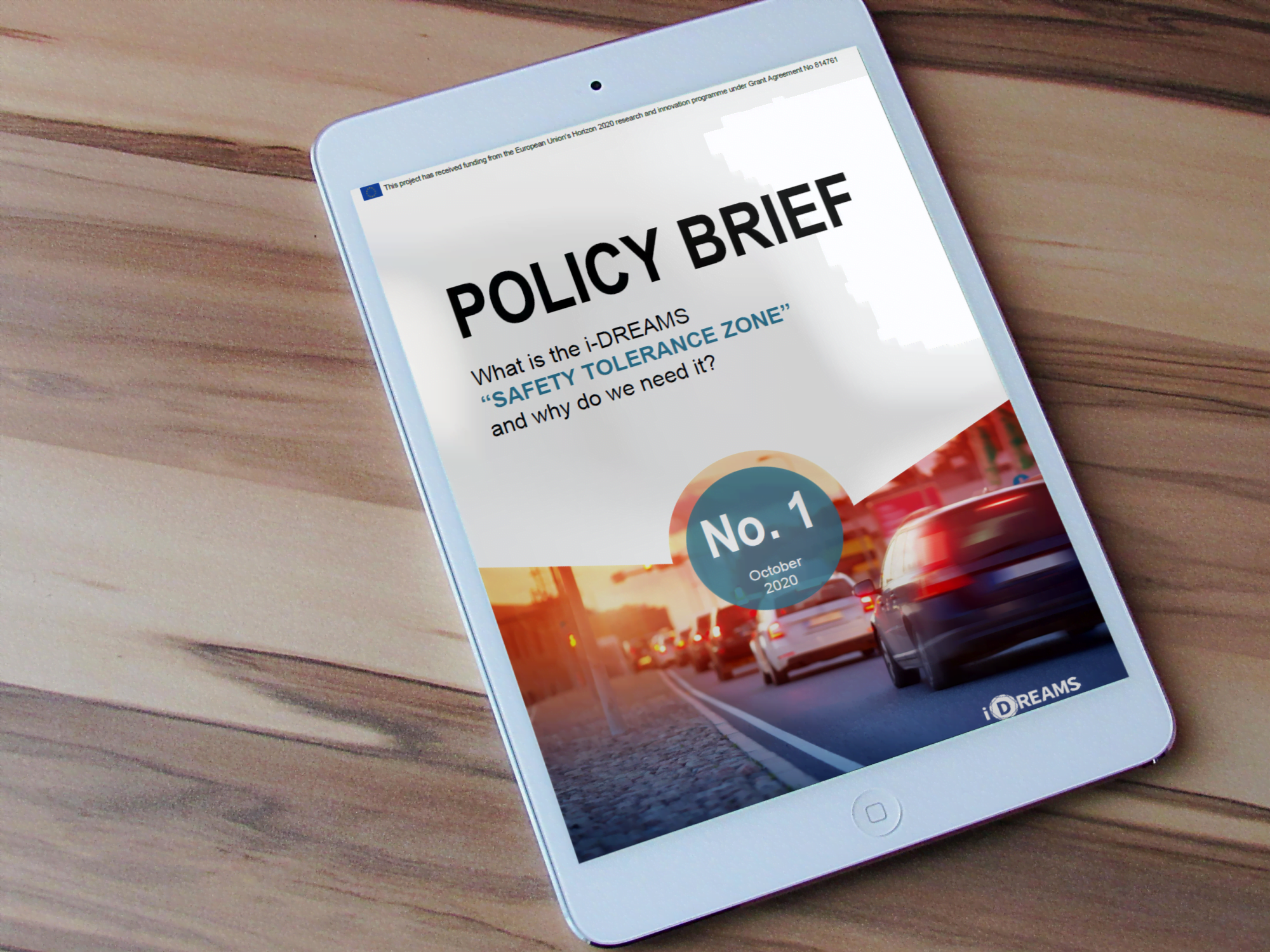
i-DREAMS launches first Policy Brief by POLIS on “Safety Tolerance Zone”

POLIS joins call for review to ISA regulation

POLIS wants an effective ISA

On the Road to Safer Streets: Update from Road Safety Working Group

Changing direction overnight: Sweden’s story of switching to driving on the right

COVID-19: Networking must go on(line)

Road safety is everybody’s responsibility

TfL launches London FreightLab to innovate for freight and servicing

Polis to bring cities’ perspectives to world leaders summit on road safety
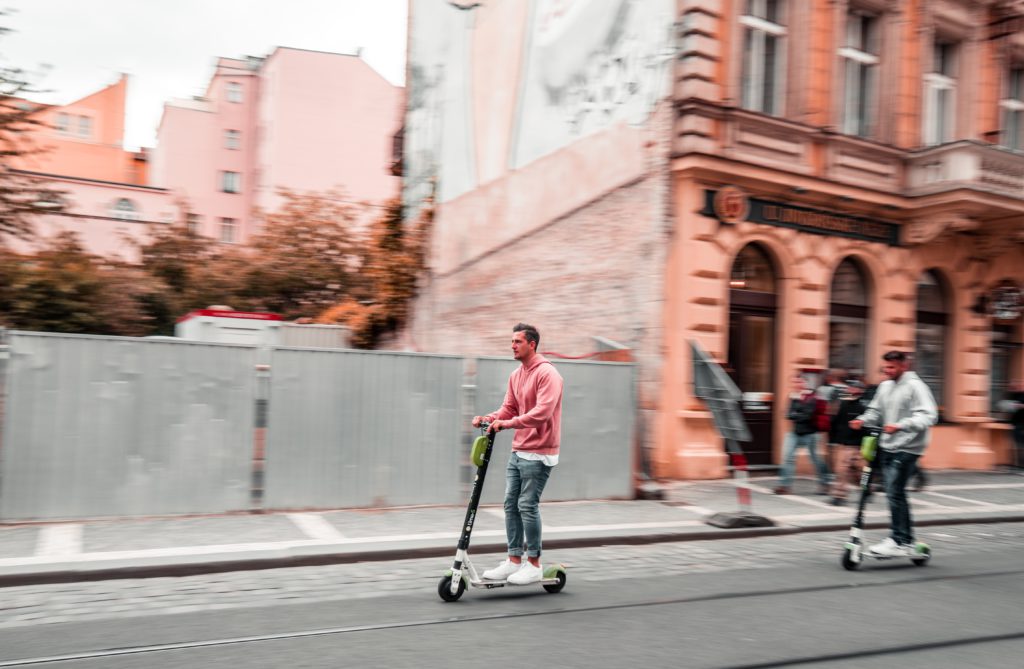
Polis releases discussion paper on micromobility

Support grows for road safety city declaration

European Day Without a Road Death 2019. How did it go?

Interesting funding opportunity for enhancing road safety
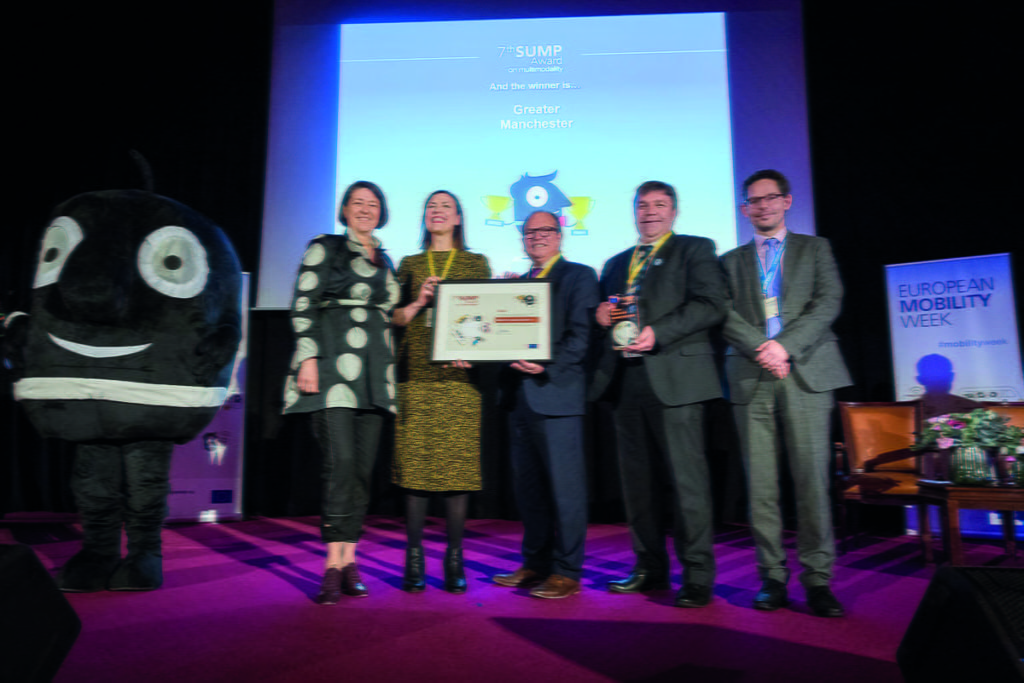
Apply for the 8th SUMP Award on Safe Walking and Cycling
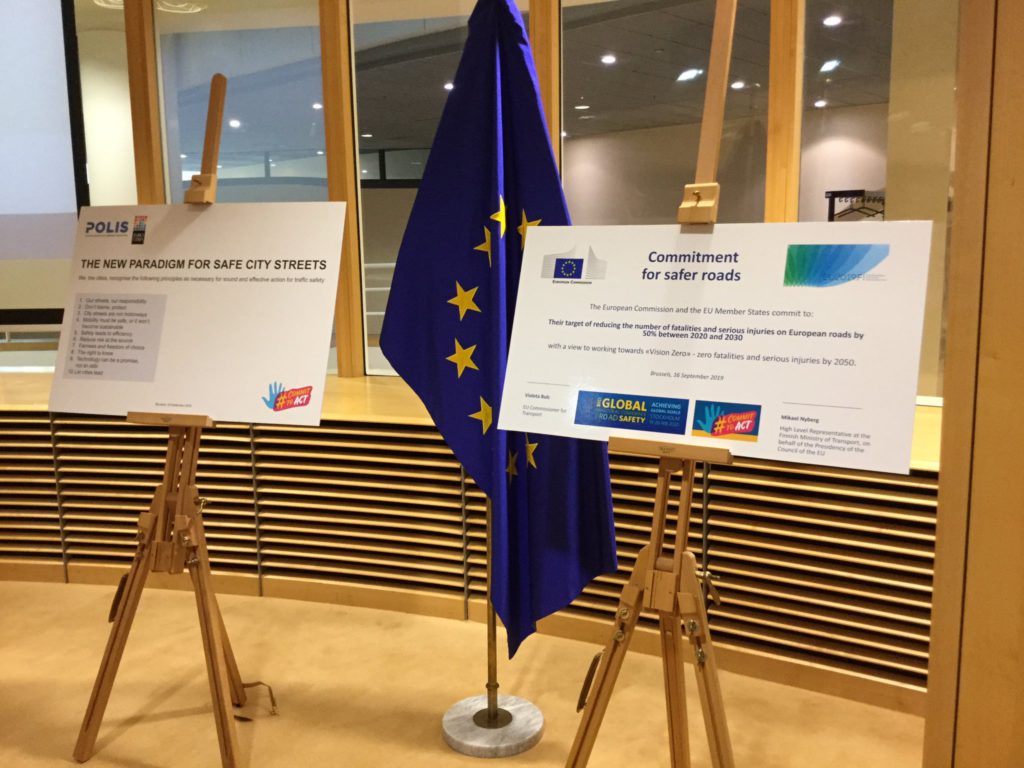
City declaration “The New Paradigm for Safe City Streets” launched today
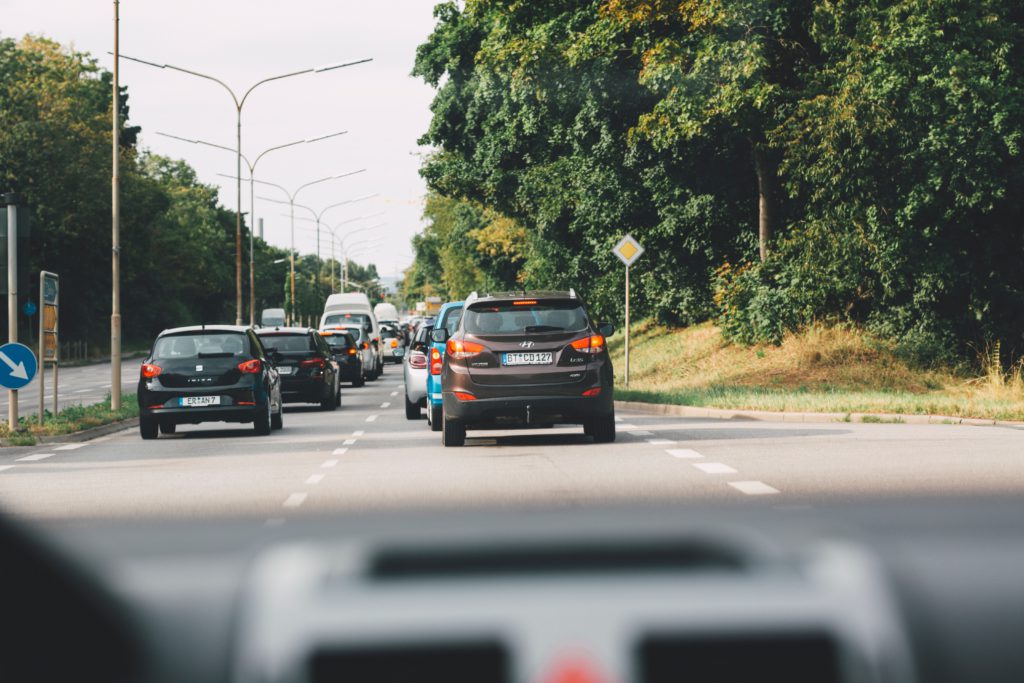
New: Urban Road Safety Award – applications are now open!

Online i-DREAMS survey: Call for expert views on safer driving until 30 September

Last days to register for European Road Safety Summer School
Save the date: Polis-ITF Road Safety workshop in Lisbon, 16-18 October 2019
Road safety: European Commission sets out next steps towards “Vision Zero” including key performance indicators
What do policy makers want to know about the impact of connected automated vehicles?
New PIN report reveals data about urban road safety in the EU
Results of the e-survey on users’ travel behaviour within the European project ISAAC
The European Road Safety Charter: call for Good Practice submissions extended to the 31 May
New knowledge to boost walking and cycling revealed
Polis cities exchange experience on active travel and road safety
European Parliament backs new vehicle safety standards
ITF launches a new report on “Road Safety in European Cities”
The European Road Safety Charter is calling for Good Practice submissions
European Commission releases road safety data for 2018
ISA and Digital Maps: Webinar on 26 March at 3pm CET
CEDR Conference discusses Modal Choice in a Multimodal Transport System
Urban Road Safety: Your input for next PIN Report
New ETSC report on speeding and the vital role of in-vehicle technology
ERTRAC Annual Conference to discuss road transport research under “Horizon Europe”
Practitioners welcome at European Road Safety Summer School

Upcoming Polis Working Group meetings in 2019
Research project launches survey on autonomous driving in European cities
Save the date: Polis-ITF Working Group on road safety on 16-18 October 2019
Spanish capital city of Madrid is set to launch “Madrid Central”, new Low Emission Zone
Invitation to discuss the role of local authorities for a ‘Vision Zero’ in road safety
Polis Secretary General signs ISA manifesto
Cities and researchers discuss how to improve safety of city streets
First-ever Global Benchmarking for Urban Road Safety presented at ITF-Polis Joint Workshop in London
Register now: Joint Polis-ITF workshop on road safety and data on 20-21 November
Road safety for pedestrians and cyclists will be elaborated at several events in Barcelona
Five weeks left to apply for the European Green Capital and Green Leaf Awards!
Madrid takes steps towards safer and more accessible city streets
19 September 2018 is European Day Without A Road Death
European Road Safety Decision Support System released
Draft programme of 2018 Polis Conference released
European Commission publishes 3rd Mobility Package in a bid to bring ambitious vehicle safety elements into EU legislation
ETSC released new Road Safety Performance Index (PIN) report
Cities’ road safety efforts in the spotlight at Polis’ side event at International Transport Forum
Third Mobility Package includes road safety initiatives and new vehicle safety standards
Creating the Safe City. The May 2018 Issue of Thinking Cities is Out!
POLIS Side Event at ITF Summit addresses how cities unlock innovation to improve urban road safety
London and Rome to co-chair ITF’s Safer City Streets
Polis organises ITF summit side event on road safety in cities and regions
Road Safety Conference will present the European Road Safety Decision Support System
How to reduce traffic injuries whilst promoting active travel?
Deadline for ITF 2018 Awards – 4 February
1st European conference showcase results of H2020 transport projects
Registration open for Polis-ITF joint road safety workshop
Marrakech declaration: Road safety needs better data
Call to participate at European Day Without a Road Death (EDWARD)
WHO releases road safety technical package “Save LIVES”
2017 Polis Conference: Programme launched and registrations open!
Member States call for EU vehicle safety rules
Flanders lowers speed limits to 70km/h
- Related Events
- Related Documents
- Related Projects

Walk21 Portugal 2024

GeoSence Result Conference

Intertraffic Amsterdam 2024

PIARC XXVIIth World Road Congress

WE-TRANSFORM 6th Stakeholder Forum Workshop

FUTURE-HORIZON Final Event

i-DREAMS Final Event
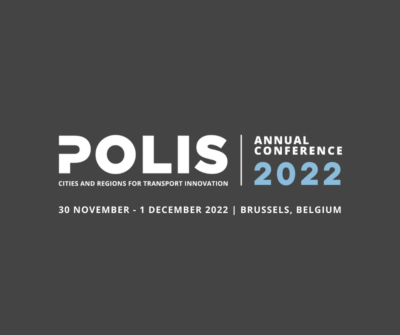
2022 Annual POLIS Conference
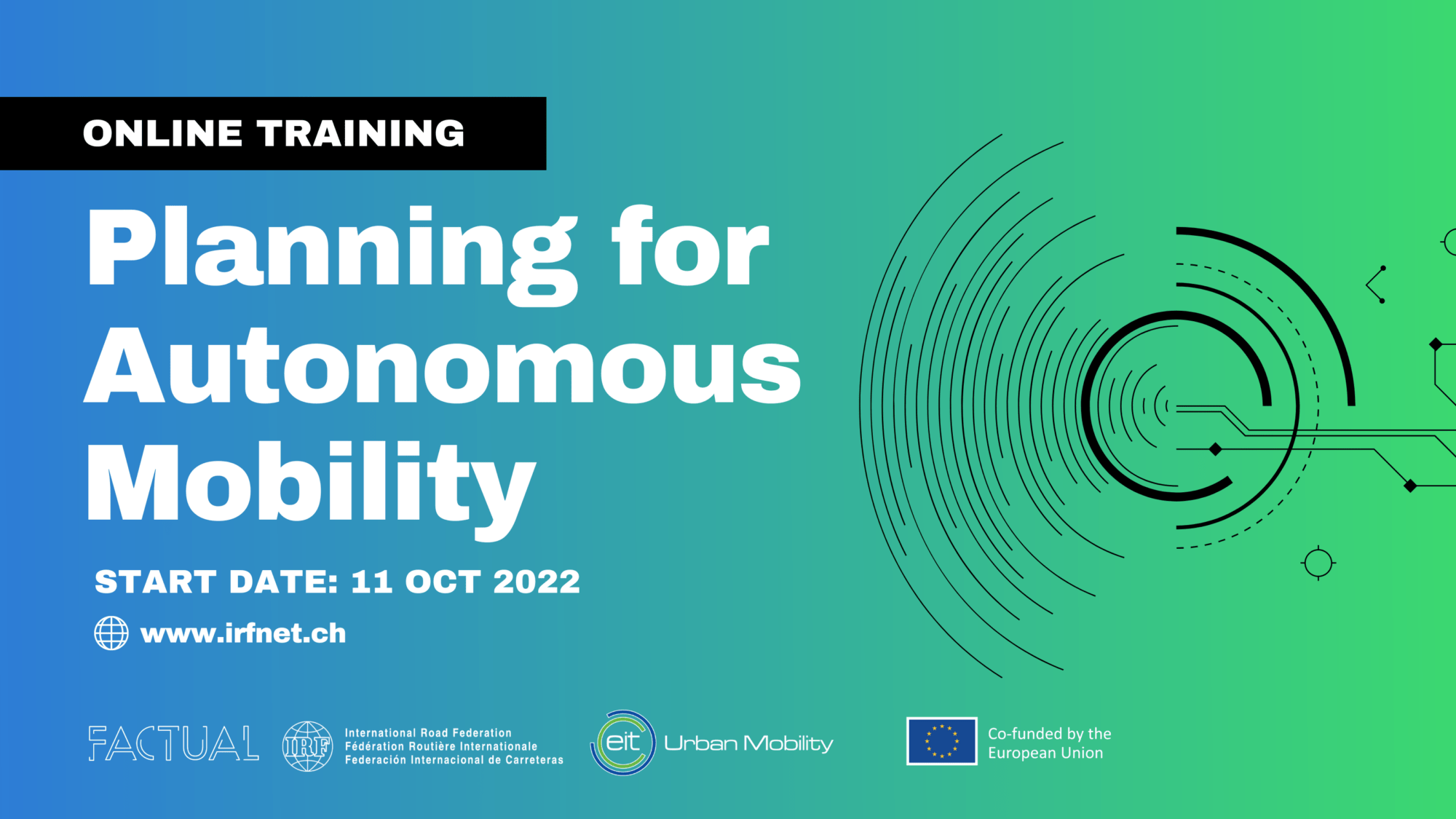
Training on Planning for Autonomous Mobility

Urban Mobility Days 2022
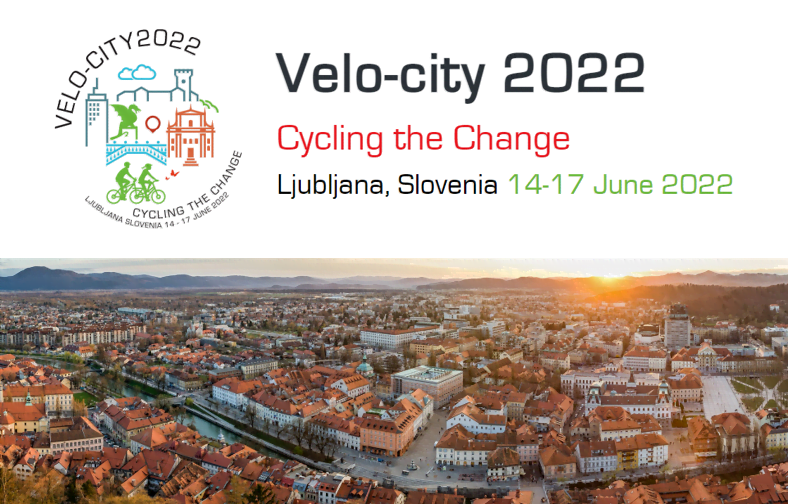
Velo-City 2022

Go Mobility by MUBIL Tradeshow
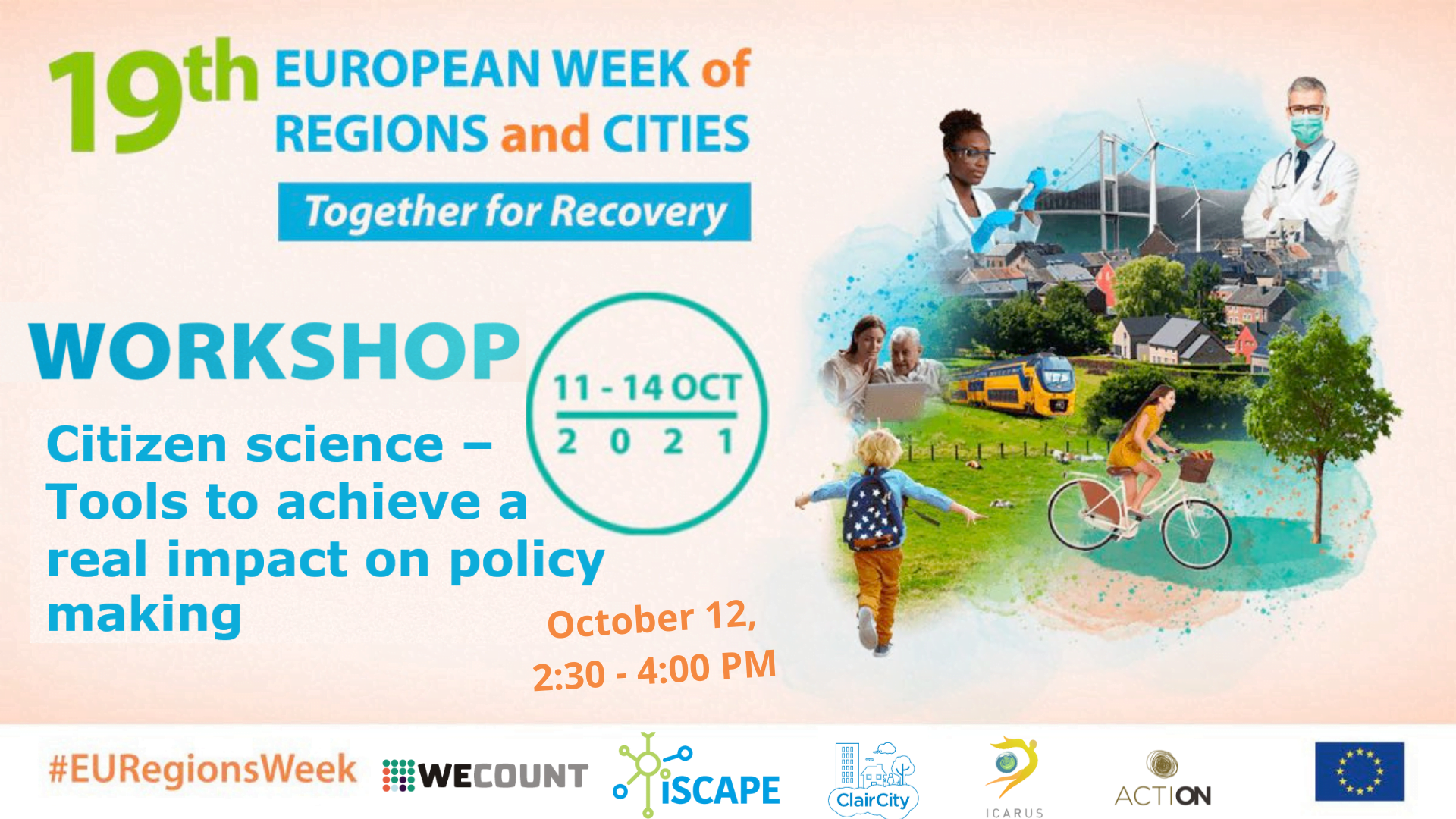
Citizen science – tools to achieve a real impact on policy-making
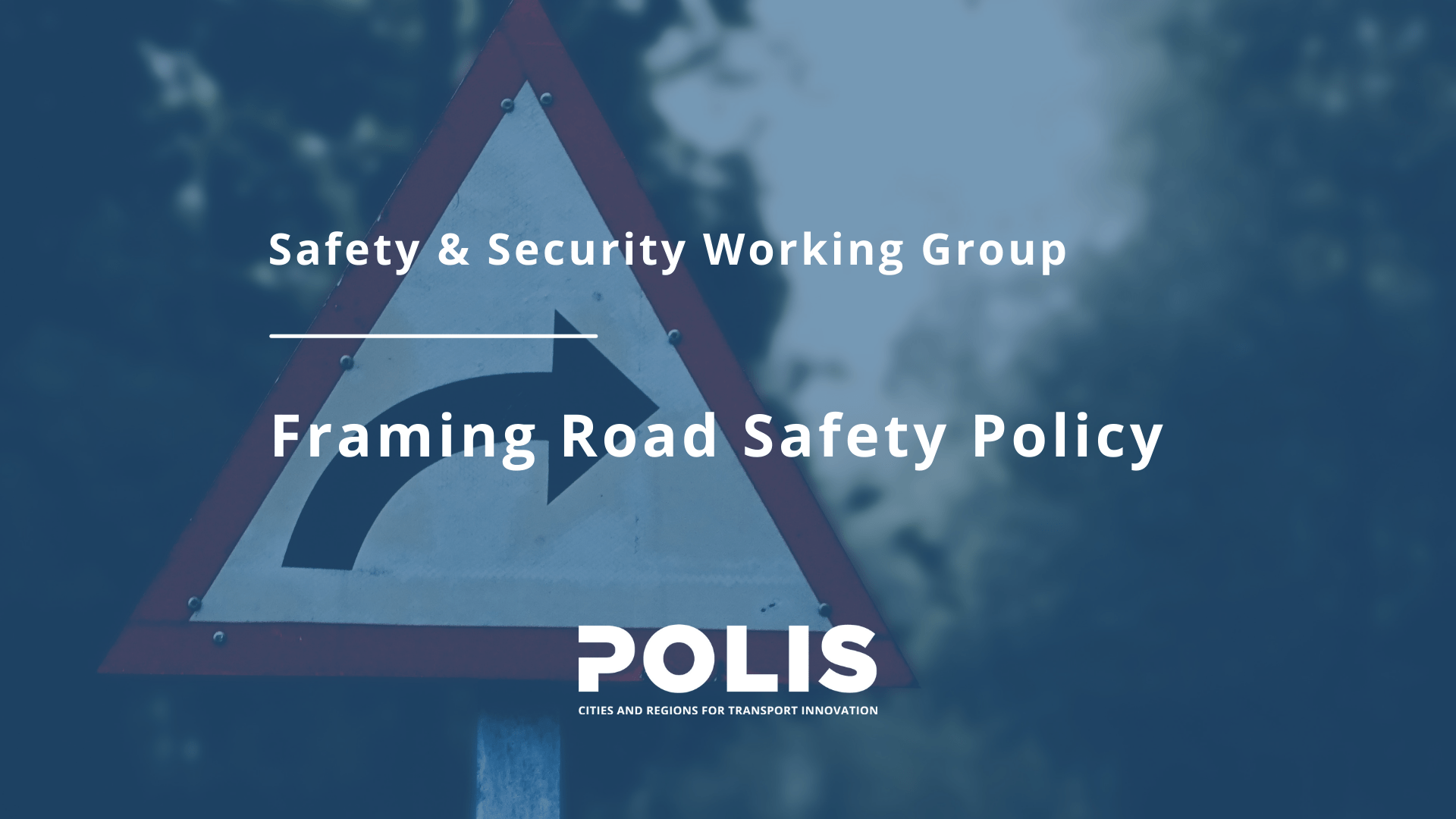
Safety & Security Working Group: Framing Road Safety Policy
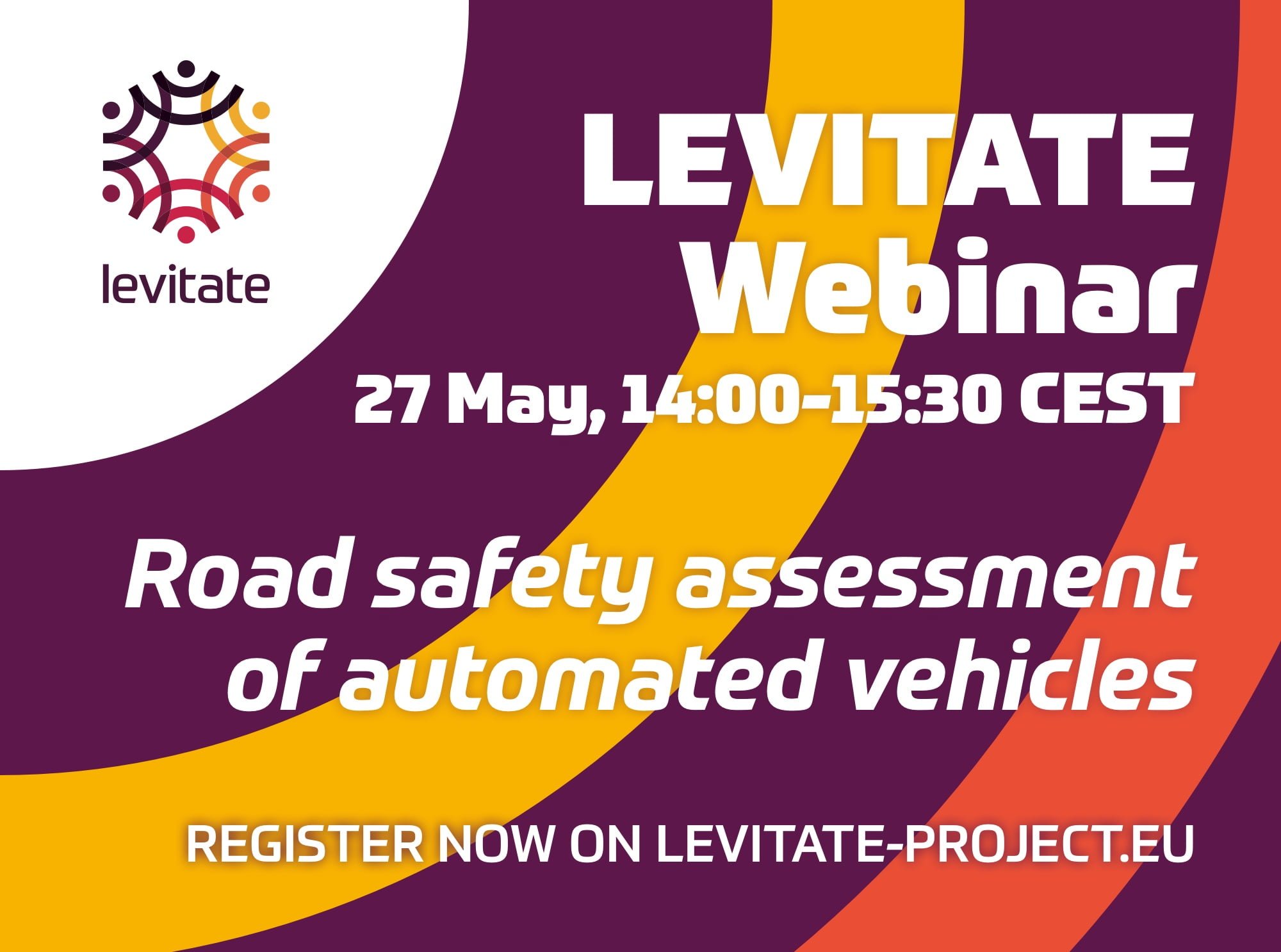
LEVITATE webinar – Road safety assessment of automated vehicles
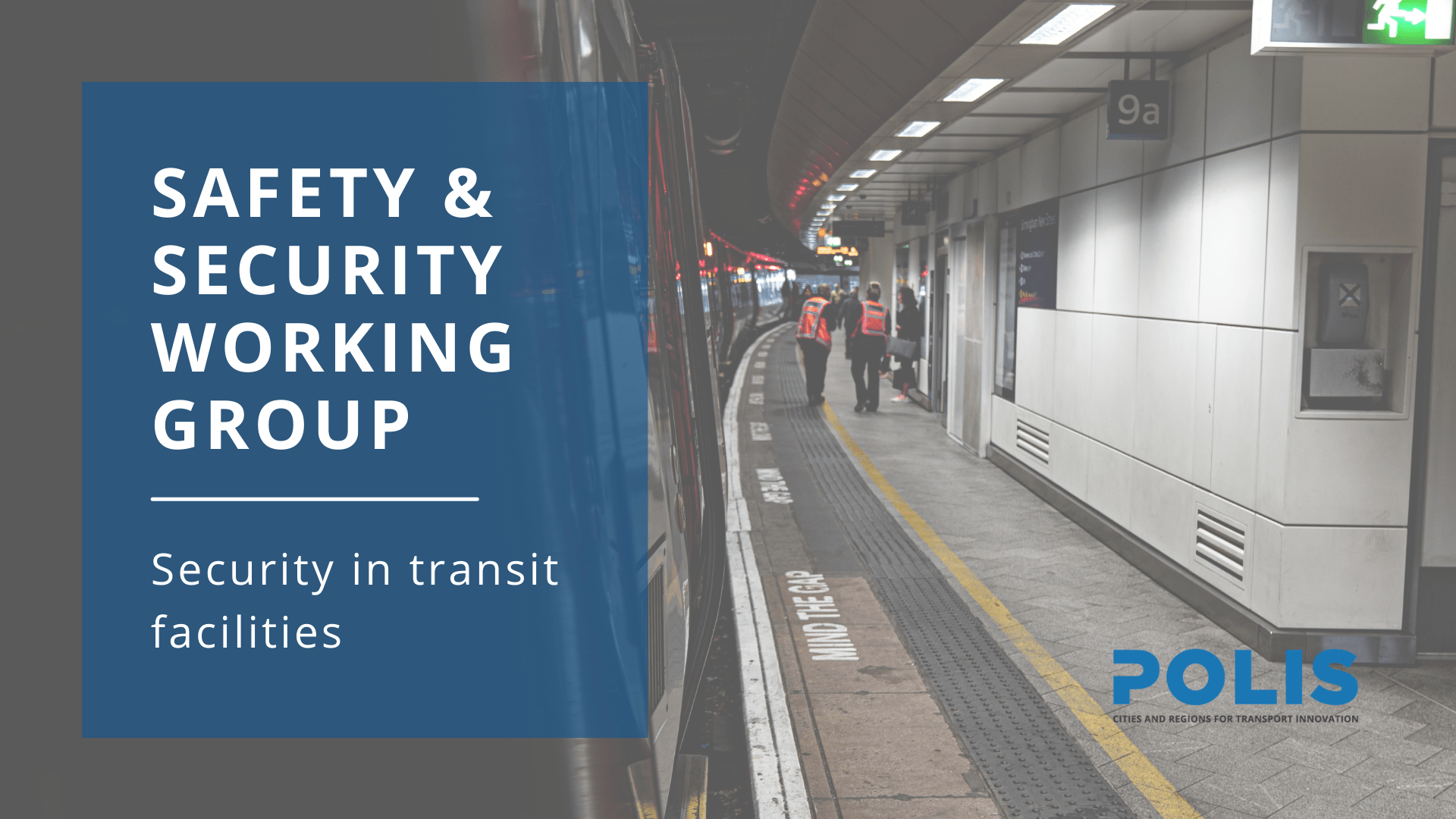
Safety & Security Working Group: Security in Transit Facilities

Road Safety & Security Working Group meeting: Global Commitment, Local Action
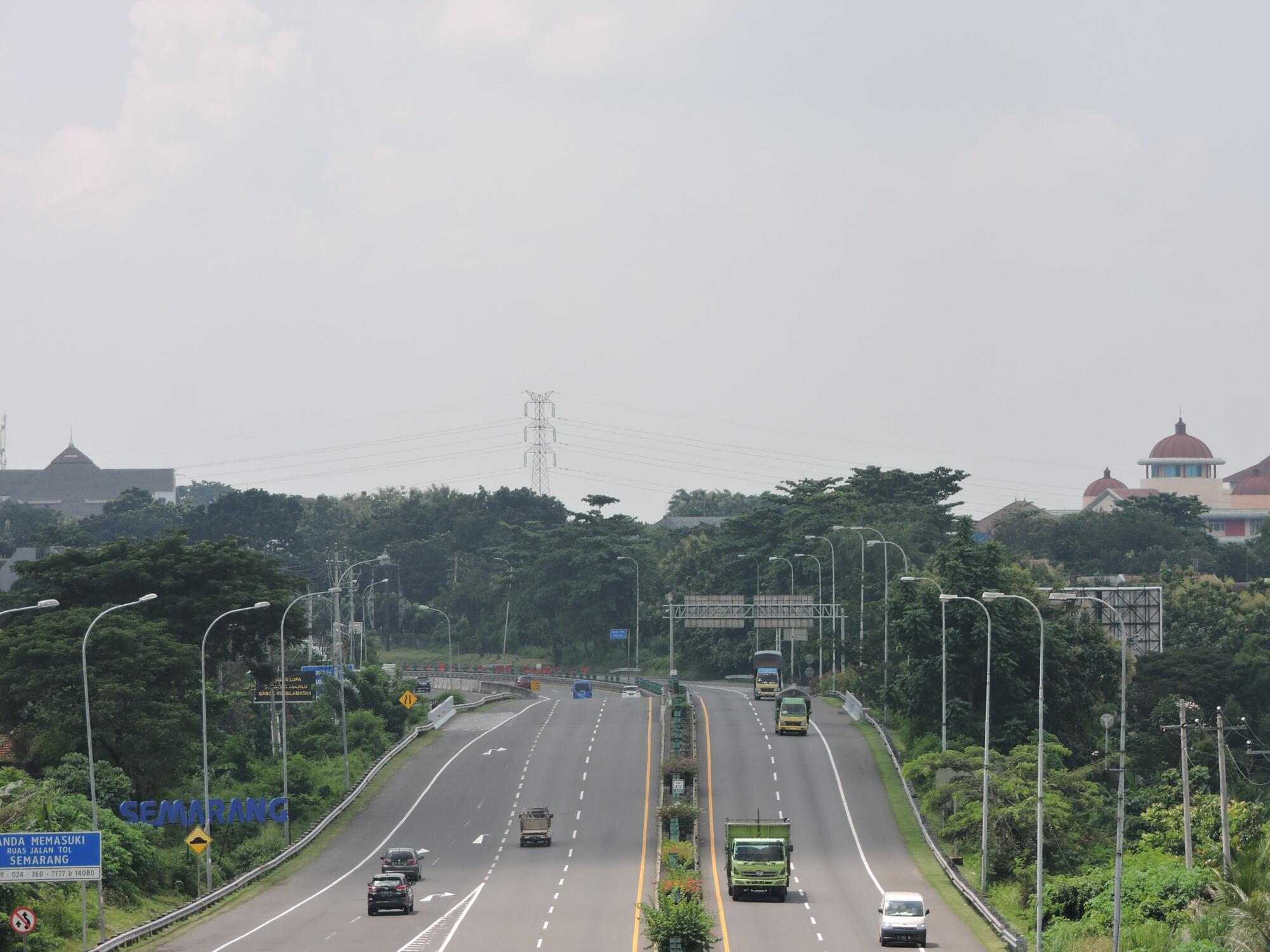
Road Safety & Security Working Group meeting: I see Zero, how cities are getting there

Safety and Security Working Group Meeting: Security of Women in Public Transport

5th European Road Safety Summer School 2020

Polis Road Safety Working Group meeting
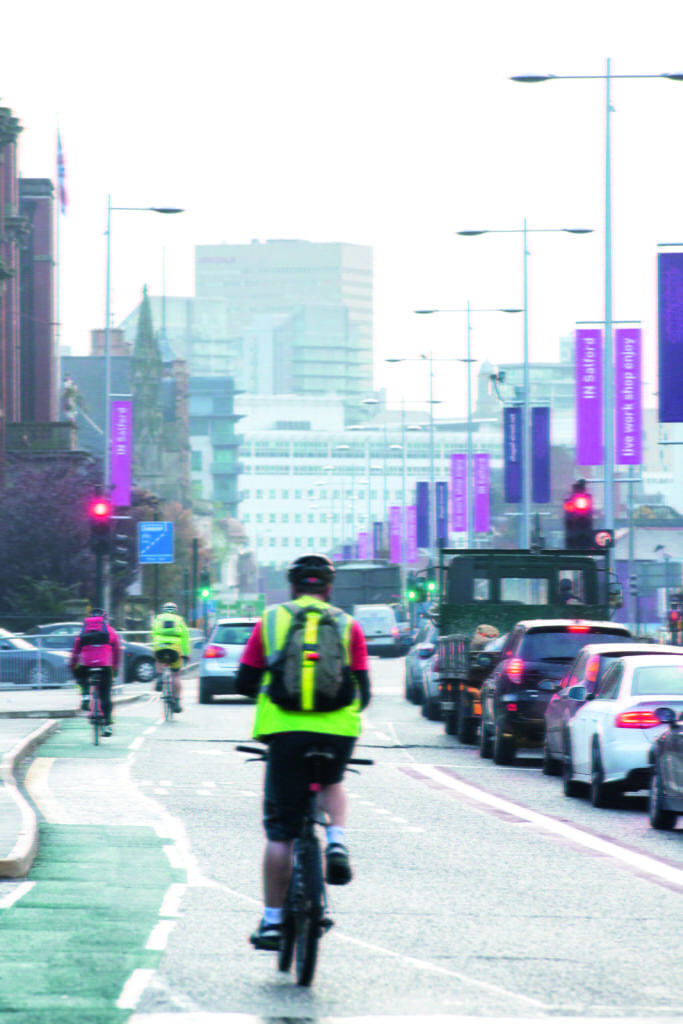
3rd Global Ministerial Conference on Road Safety

Increasing safety for unprotected road users – Stockholm & CIVITAS Eccentric Workshop

Road Safety R&I Workshop: from Challenges to Solutions – the Way forward

Roundtable on Safe and Secure Truck Parkings

Project EDWARD – European Day Without A Road Death on September 26 2019

European Road Safety Summer School 2019 – Integrated approach to road safety
Polis-Gothenburg-Volvo workshop: Geofencing – new tool in town!

Modal Choice in a Multimodal Transport System
5th meeting of Safer City Streets
Webinar: ISA and Digital Maps (3pm CET)
ETSC PIN TALK: Vision Zero: les collectivités locales au coeur du dispositif
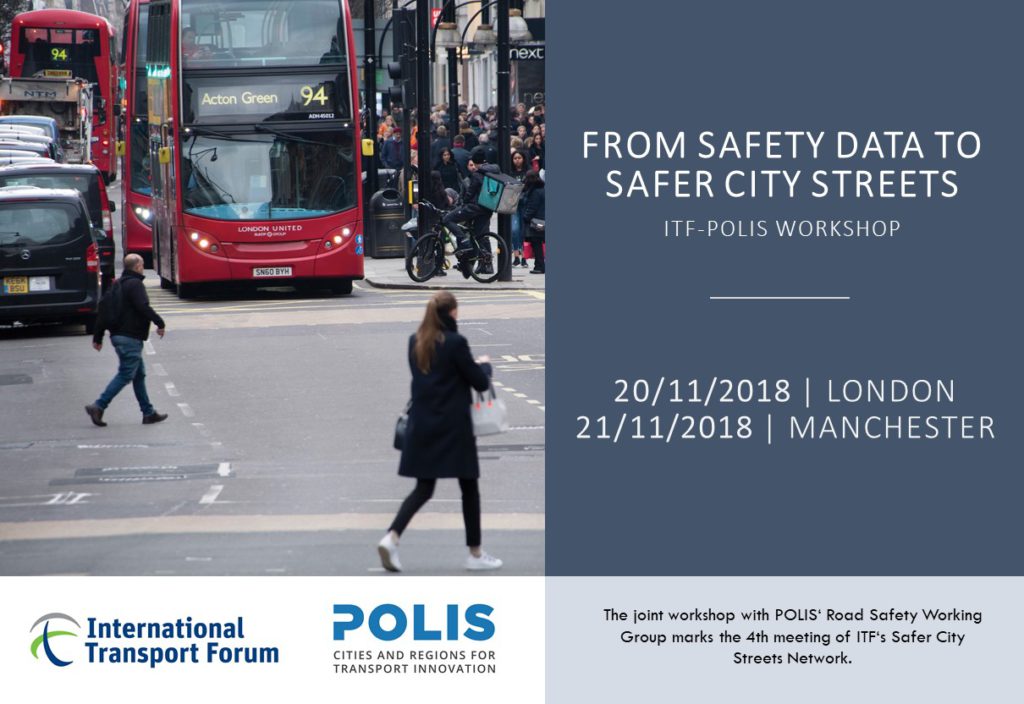
ITF-Polis Workshop: From Safety Data to Safer City Streets
Webinar: ISA in Procurement of Public Transport (1h)
Final Event of InDeV, XCYCLE and PROSPECT
International Cycling Safety Conference
The European Day Without a Road Death
Final SafetyCube Conference

SOLUTIONSplus policy brief on Electromobility and Road Safety
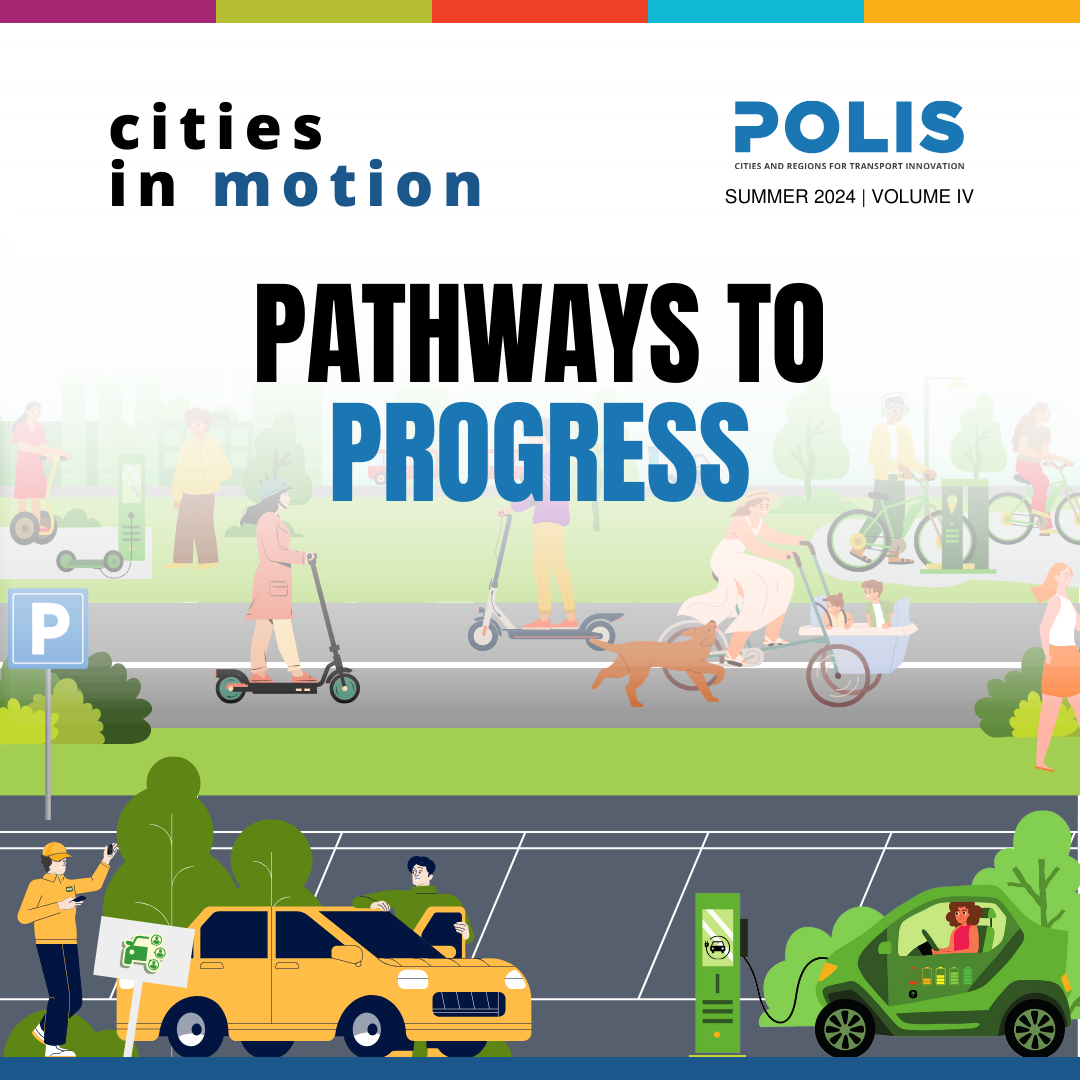
Cities in motion – Volume IV: ‘Pathways for Progress’
POLIS Manifesto for the 2024 European Elections
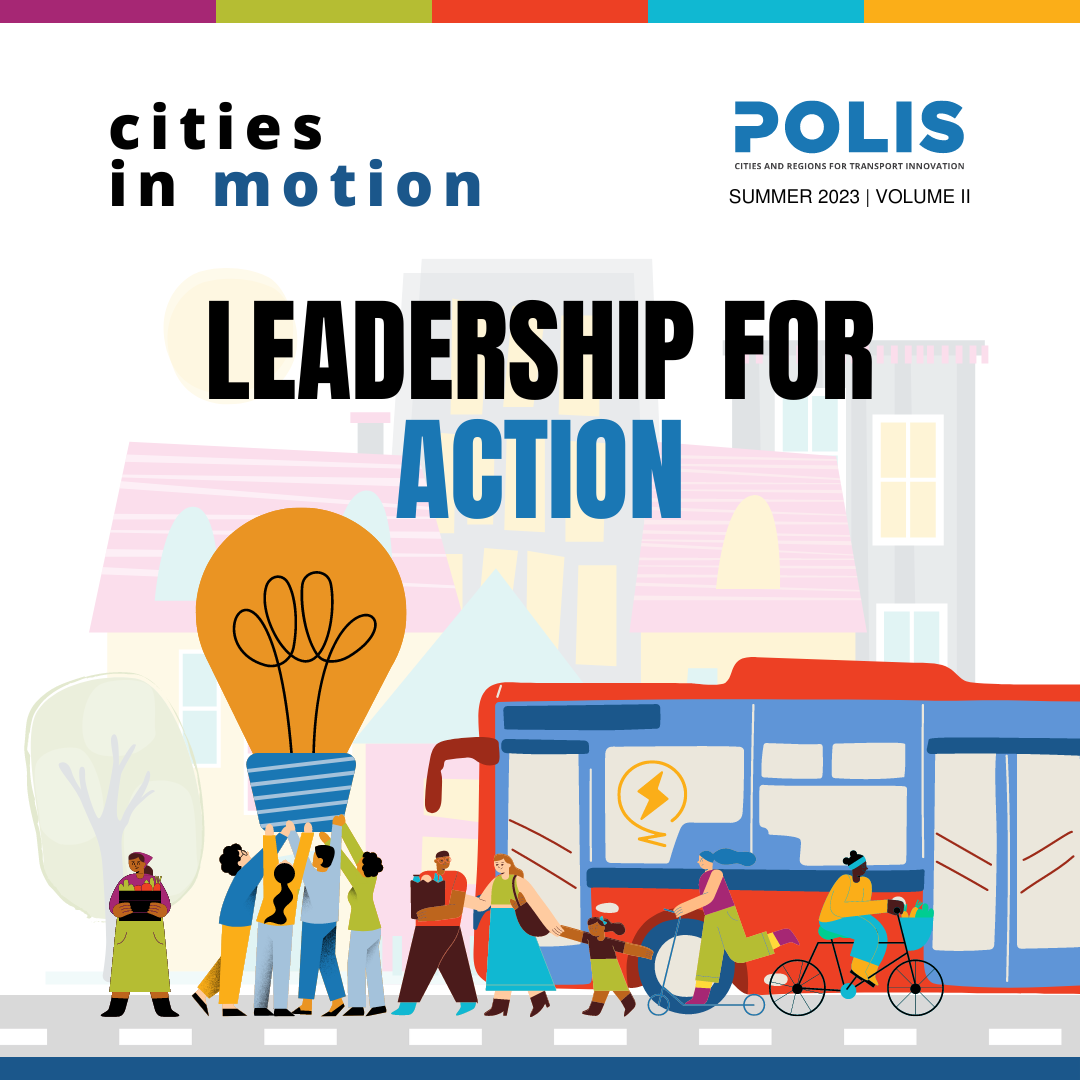
Cities in motion – Volume II: ‘Leadership for action’
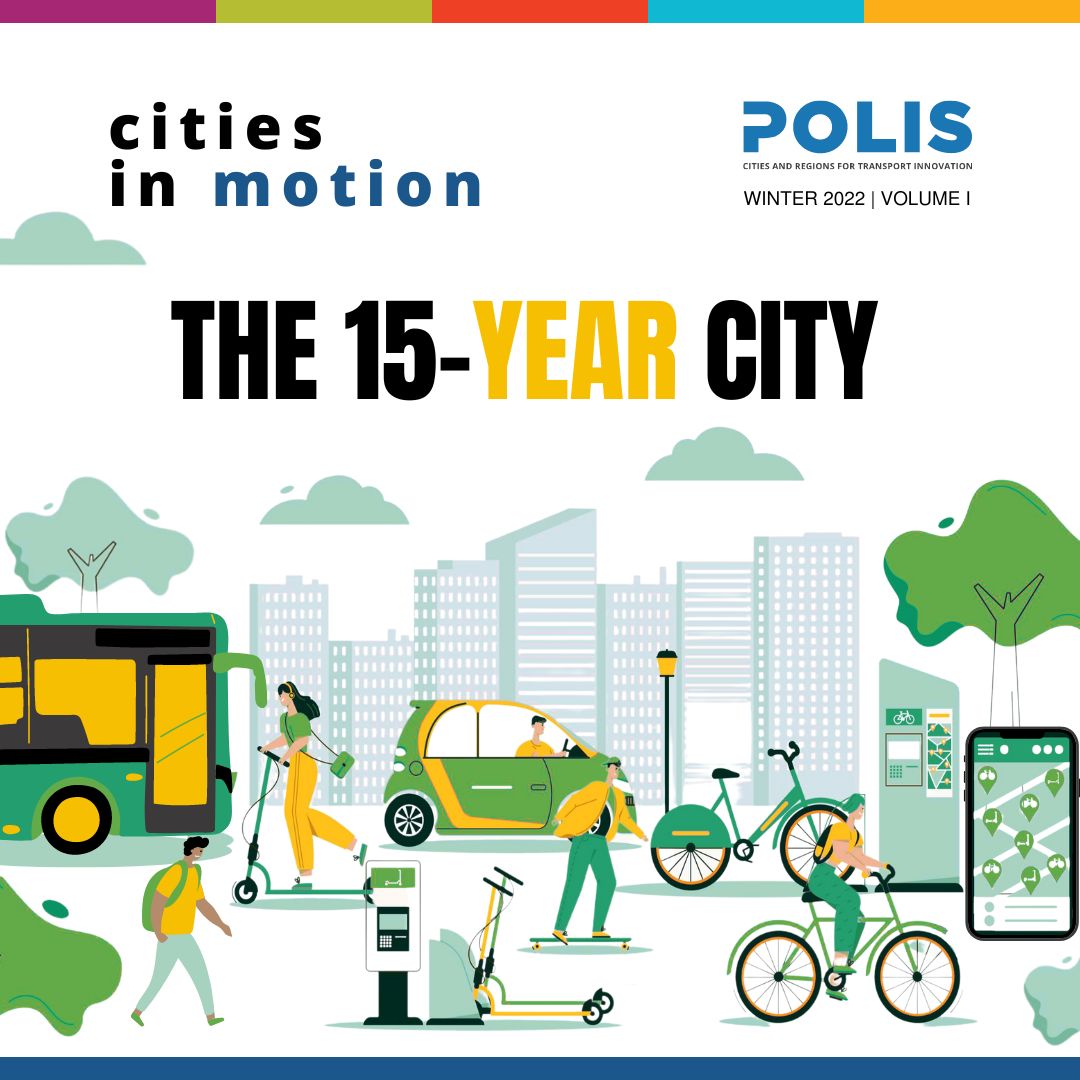
Cities in motion – Volume I: ‘The 15-year city’
i-DREAMS Policy Brief #2

City Declaration: “The New Paradigm for Safe City Streets”
Concerns regarding delegated acts on Event Data Recorders (EDR) and Intelligent Speed Assistance (ISA)
i-DREAMS Policy Brief #1
Increasing safety for unprotected road users – Agenda

Polis Paper – Macro Managing Micro Mobility
The Swedish national R&I program on geofencing / Gothenburg 29.05
Urban Wass / Gothenburg 29.05
Welcome to Gothenburg! / Gothenburg 29.05
Welcome to international workshop on geofencing: new tool in town! / Gothenburg 29.05

Joint Letter in support of Intelligent Speed Assistance (ISA)
Letter ahead of vote on the General Safety Regulation, sent to the IMCO committee
Introducing ISAAC: How to achieve modal shift without compromising road safety?
Press release
Driving isn’t easy, but saving a life is: New York’s Vision Zero
Safety and Sustainability: Two sides of the same coin
The contribution of vehicle technology to address urban and inter-urban road safety challenges
Towards Intelligent Speed Assistance
Using the international Road Assessment Programme (iRAP) in the urban setting
What is happening on our streets? A new partnership model for data exchange and analysis
Polis and ‘Safer City Streets’ cooperate for safer roads
The General Safety Regulation (GSR) and why it matters
More EU Budget for Transport
Member in the Spotlight: Amsterdam’s new Strategic Plan for Road Safety
Member in the Spotlight: Barcelona uses technology for improving its mobility systems
ITS for vulnerable road users – Experiences from Helmond and the EU VRUITS project
Thinking Cities #5
Workshop on VRU road safety and ITS
Common Open letter to support an EU Roadmap for cycling
Joint letter on EU target of serious road traffic injuries
Member in the Spotlight: Antwerp Port Improvement in Road Safety
Member in the Spotlight: how public transportation protection is being tackled in Bologna
VRUITS project: Safety, comfort and mobility
Berlin project: “Guidelines for the implementation of measures to avoid accidents between vehicles turning at junctions and cyclists” – Julius Menge, Berlin
Final Agenda of Polis Working Group on Road Safety and Vulnerable Road Users
Recommendations of the SAMERU project on Safer Mobility for Elderly Road Users – Adrain Dean, Atkins
Road safety and vulnerable road users – Hannah White, Transport for London
The Internationoal urban road safety database, IRTAD and OECD
The Road Safety Report System: Objective and Subjective Database for Road Safety – Erik Donkers, VIA
Tools to improve road safety – Timo Hoffmann, PTV
TruckSafe charter – Dries Rombouts, VSV
VRUITS project: ITS for Vulnerable Road USers – Johan Scholliers, VTT
4th Railway Package – summary note
Comparing areas to stimulate progress on road safety
Implementing the 2012/2020 Road Safety Action Plan in Rome
Road safety from a work health and safety perspective
2010 Madrid Mobility Report (in Spanish)
Soft measures, strong solutions – Burgos (in Spanish)
CIVITAS – Burgos
More Haste, Less Speed: Evidence and Benefits – Sustrans
European Safer Urban Motorcycling – Barcelona
Safe access for pedestrians to peripherical neighbourhoods in Burgos
Safety and accident prevention plan in Burgos
Safety increases with awareness – Budapest
Intelligent Speed Adaptation for London
Barcelona motorbike mobility framework
European urban road safety platform – Amsterdam
European urban roads safety platform – Bologna
Propositions pour une nouvelle culture de prévention – Rome
Road Safety in Barcelona
Road safety in Prague
Road Safety of London’s Black and Asian Minority Ethnic Groups
eSUM – Barcelona
eSUM – Barcelona
Mobility training – Berlin
Road Safety initiatives for children in Prague
Dublin City Council Strategy for Crash Reduction
Mobility sector in Rome and Road safety
Working together we can make the difference – Road Safety Campaign Lancashire
A new tool to monitor public transport stops, measure safety/security and prioritise upgrades
Educating our most vulnerable teens and adolescents
EPCA: The evaluation of pedestrian crossing safety
European safety urban motorcycling
Rosype: Road safety awareness campaign
SAFECYCLE: Enhancing safety of cyclists with ICT
Facilitating the cross-border exchange of information on road safety traffic related offences
Urban road safety data collection template
NICHES+ Study Tour Catalogue
Co-benefits of low carbon transport system for safety
How to design successful Travel Awareness Campaign?
Innovative measures for influencing driver behaviour
Polis response to EC Consultation on Driver Training and Traffic Safety
Barcelona, a safe and sustainable mobility

